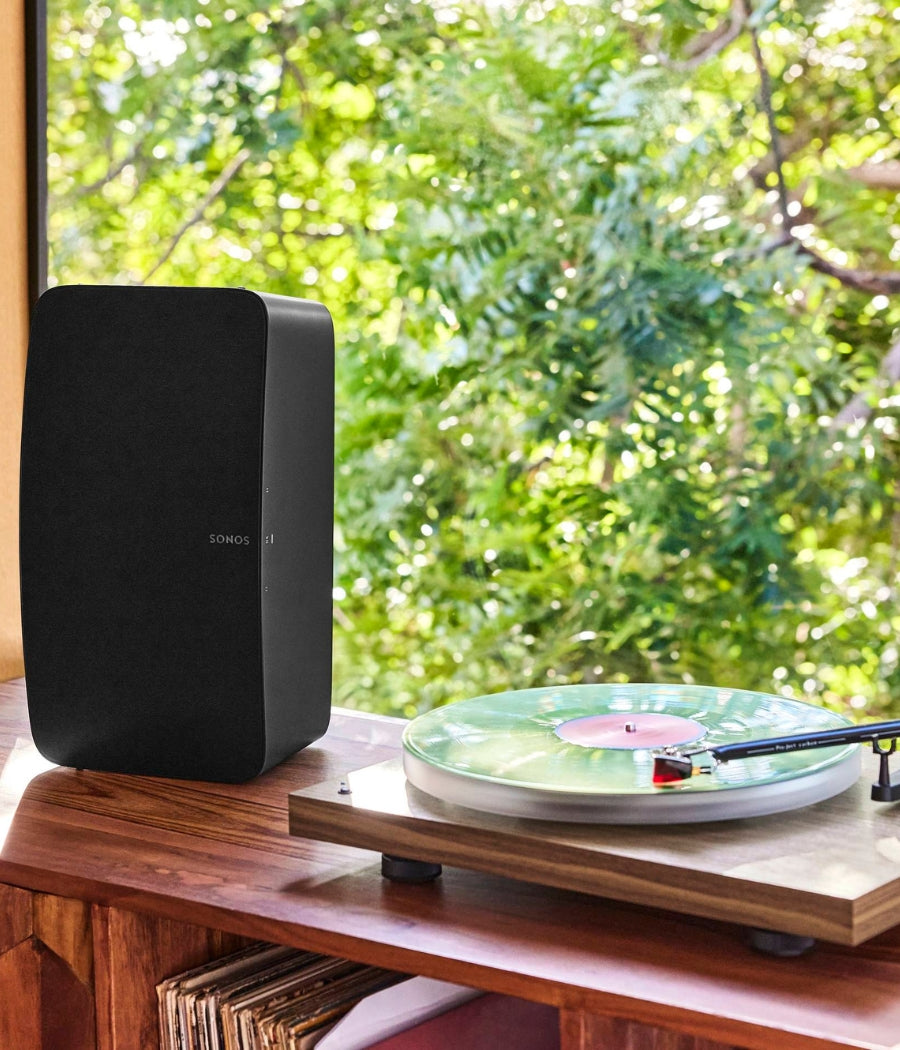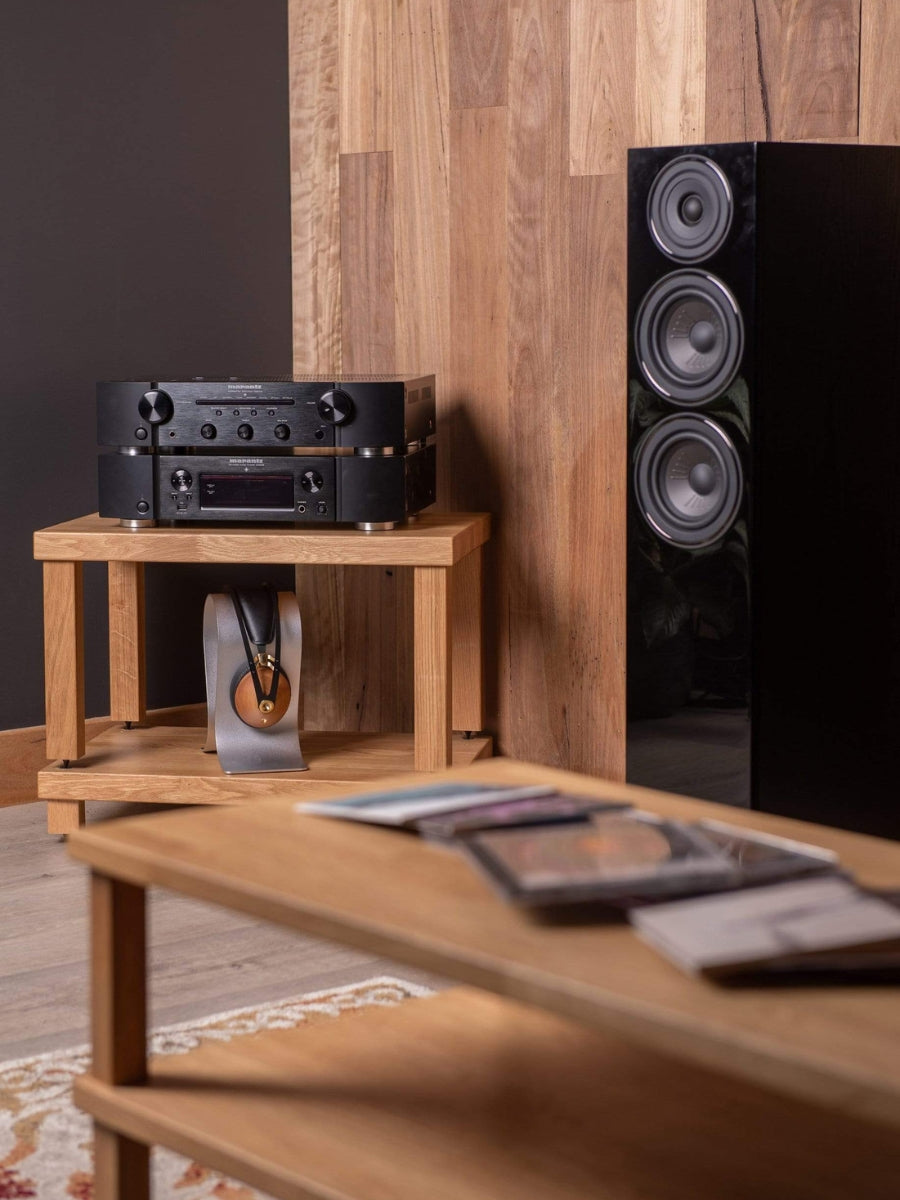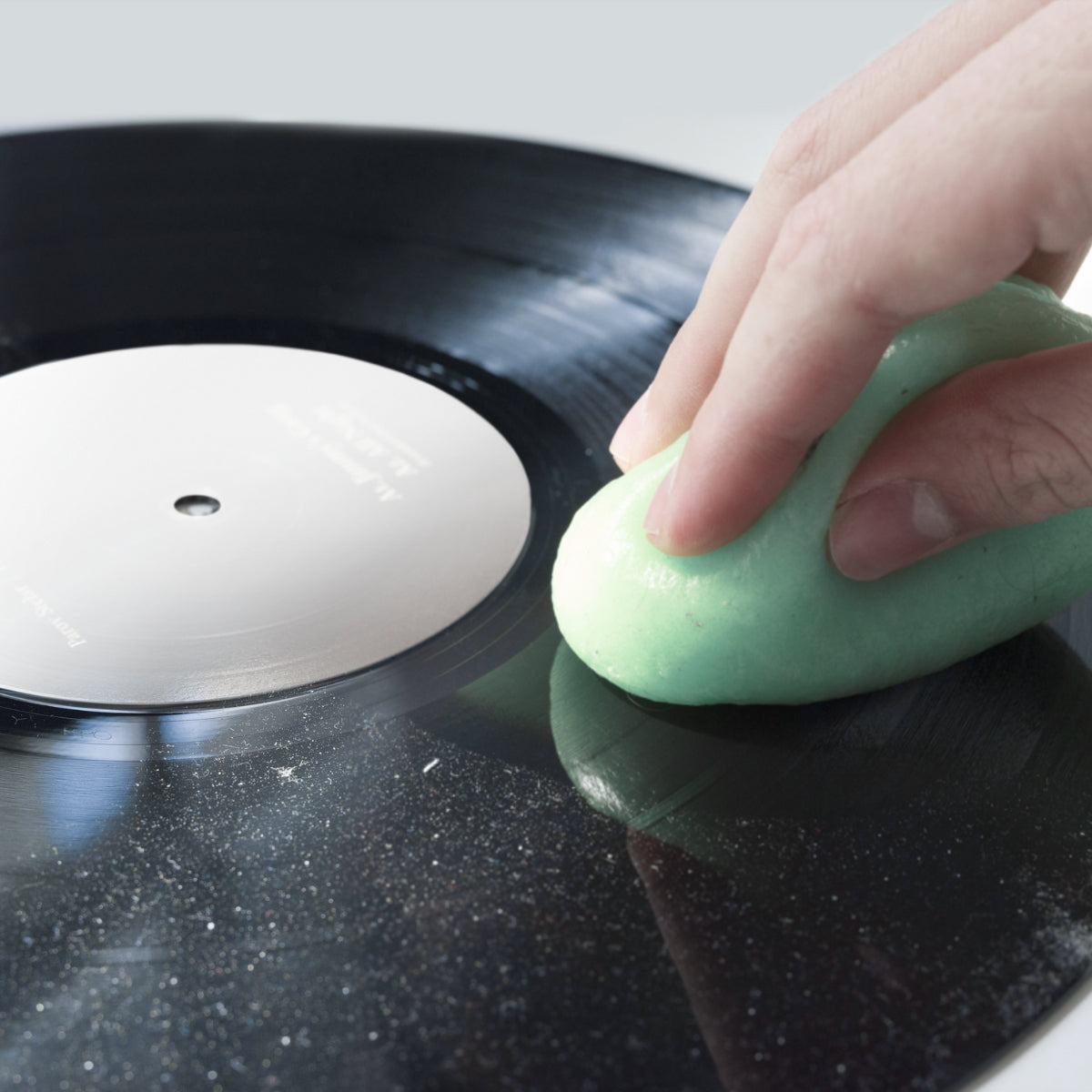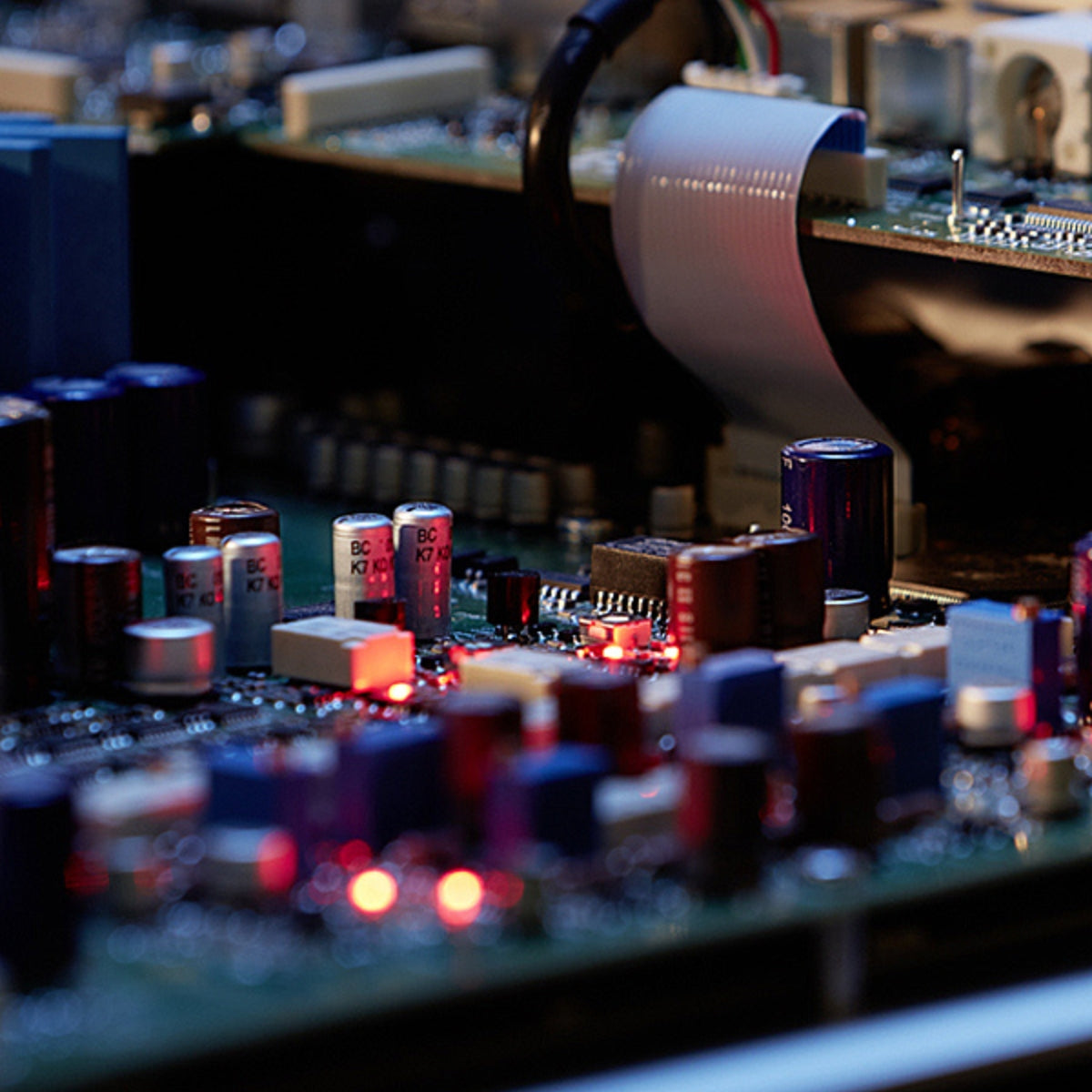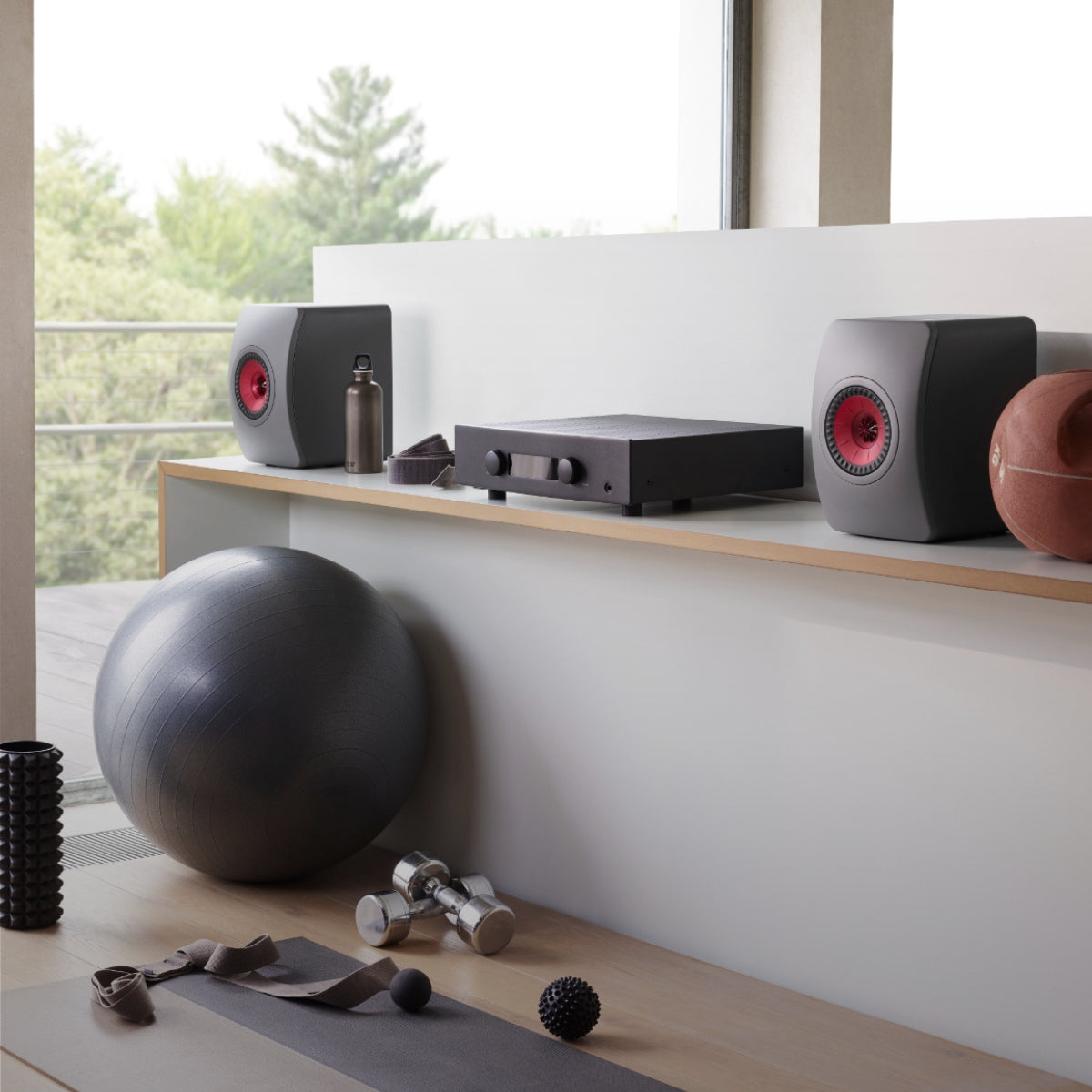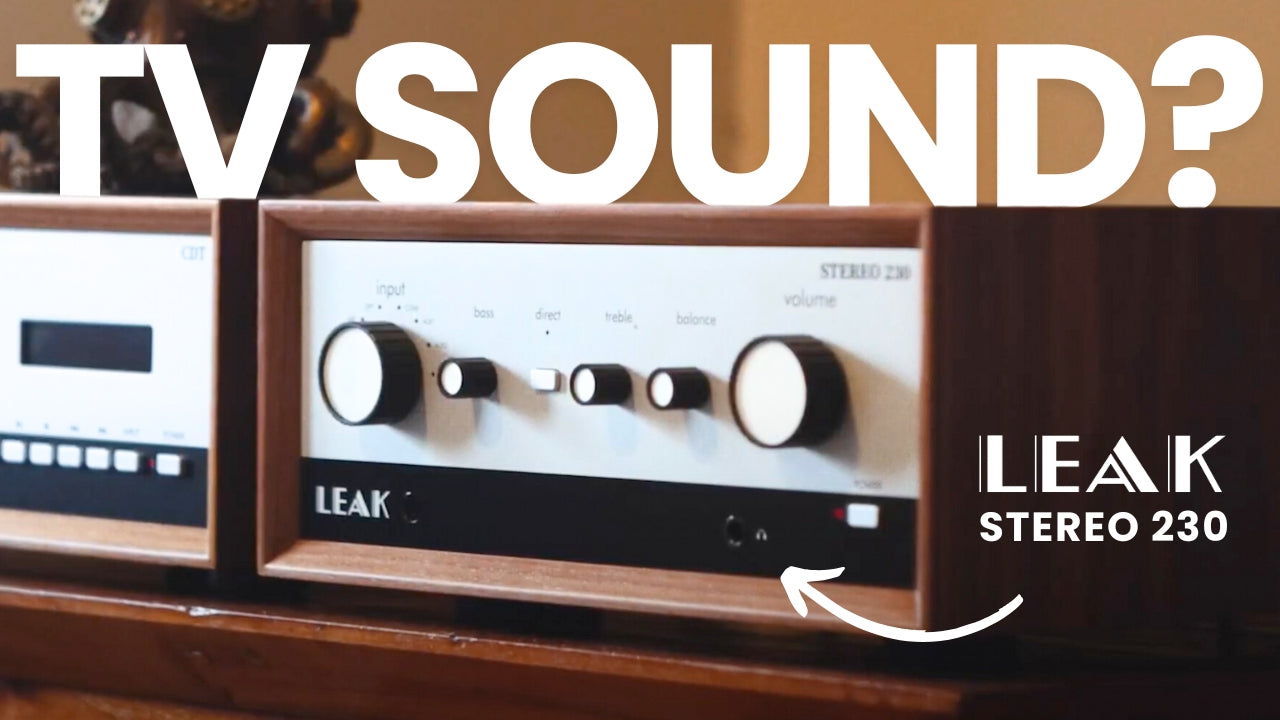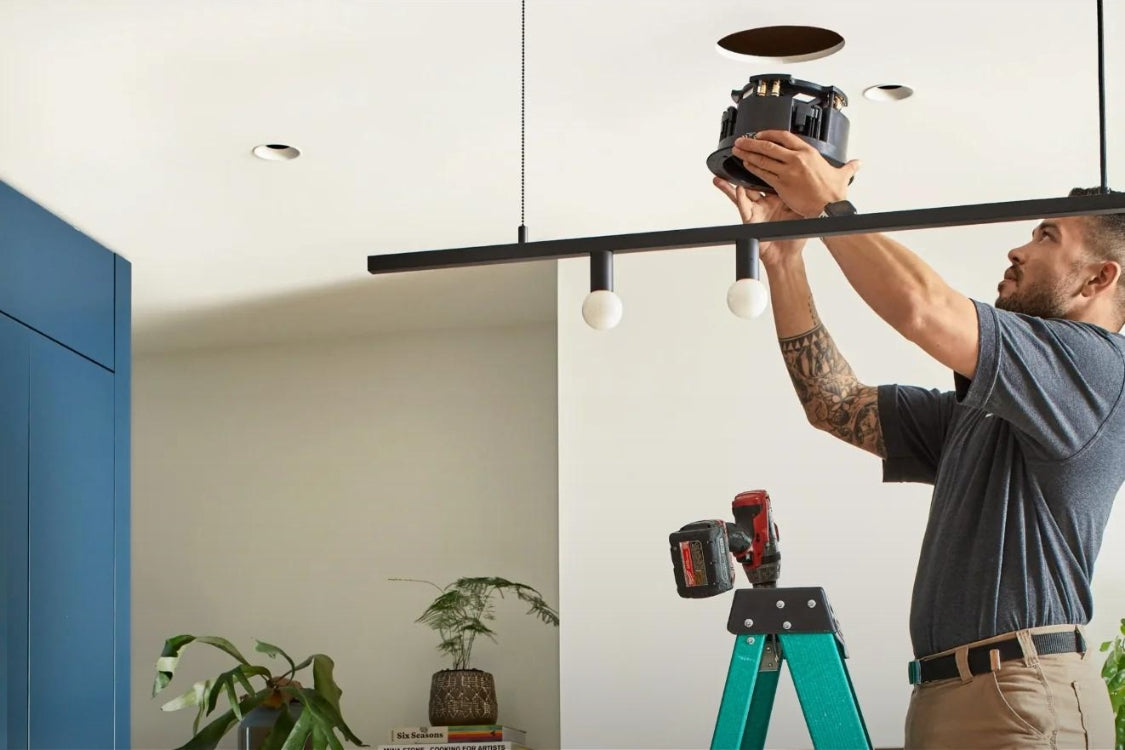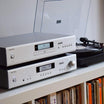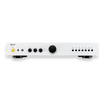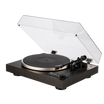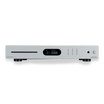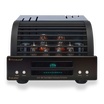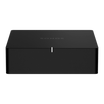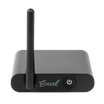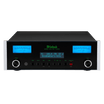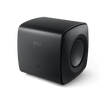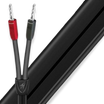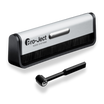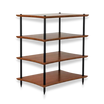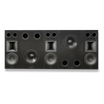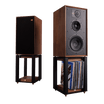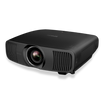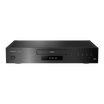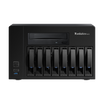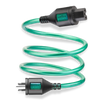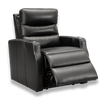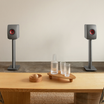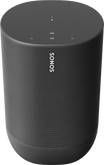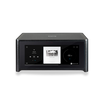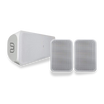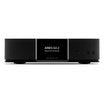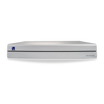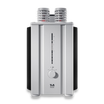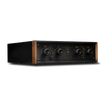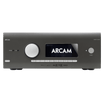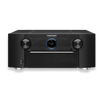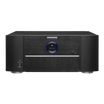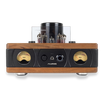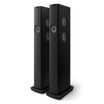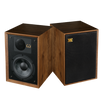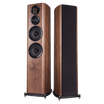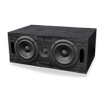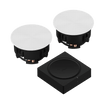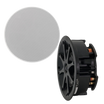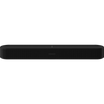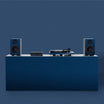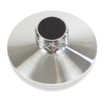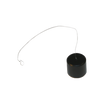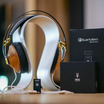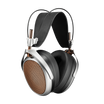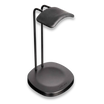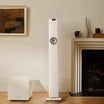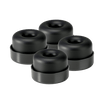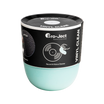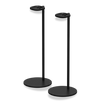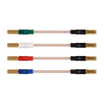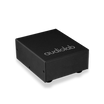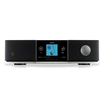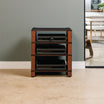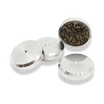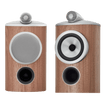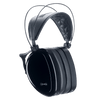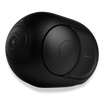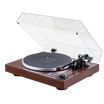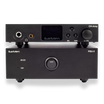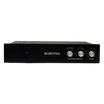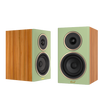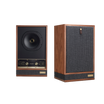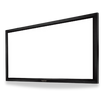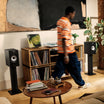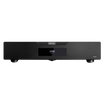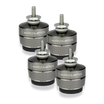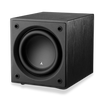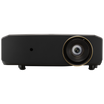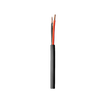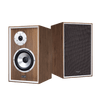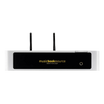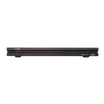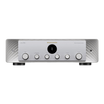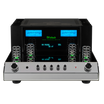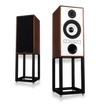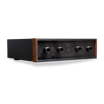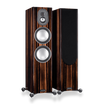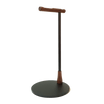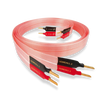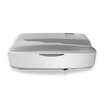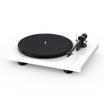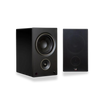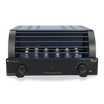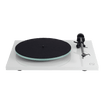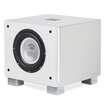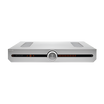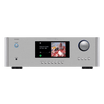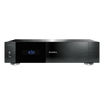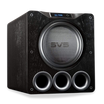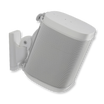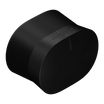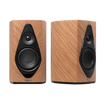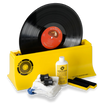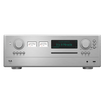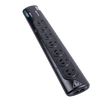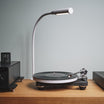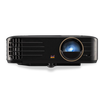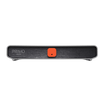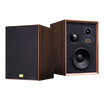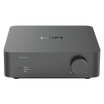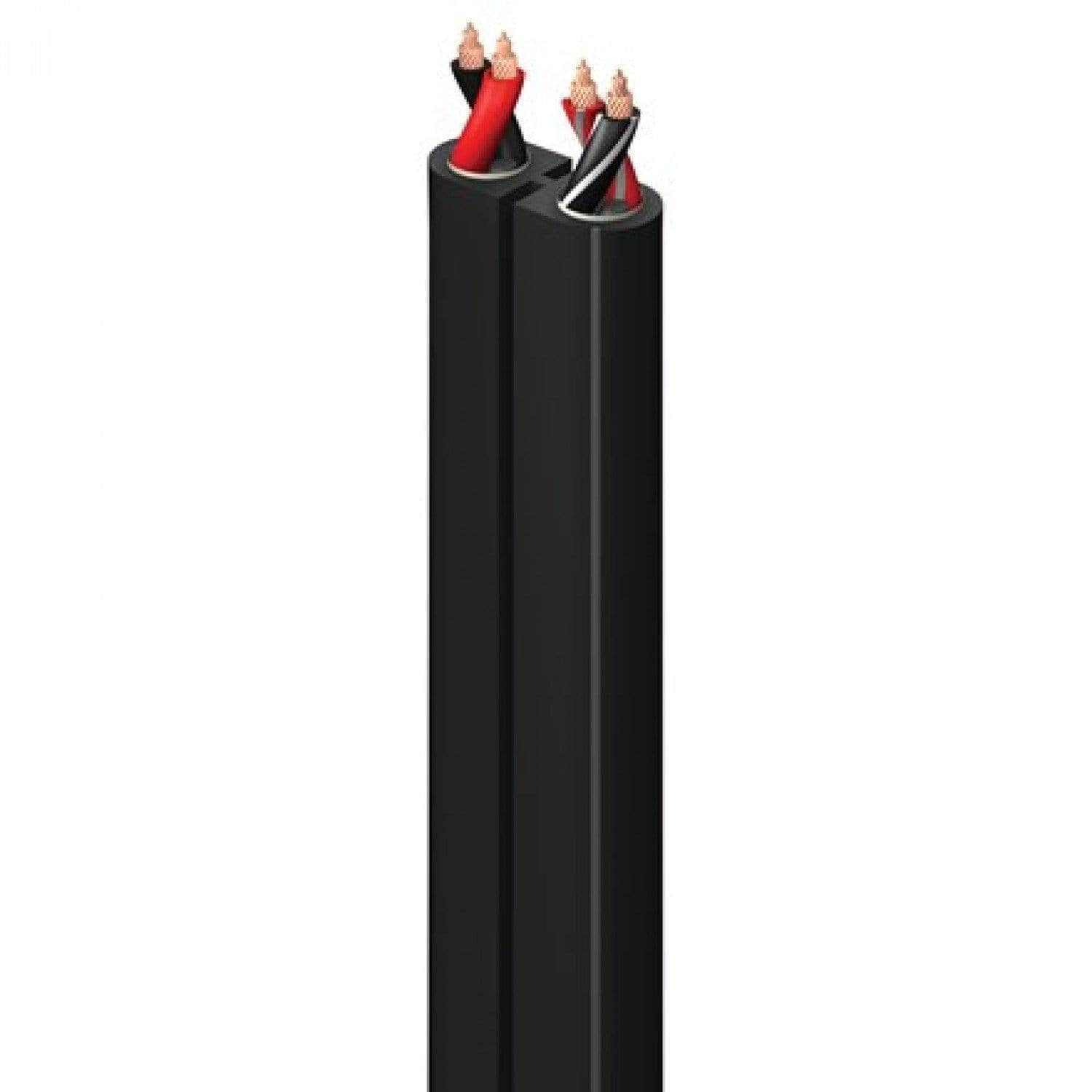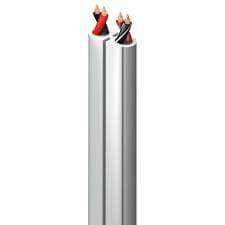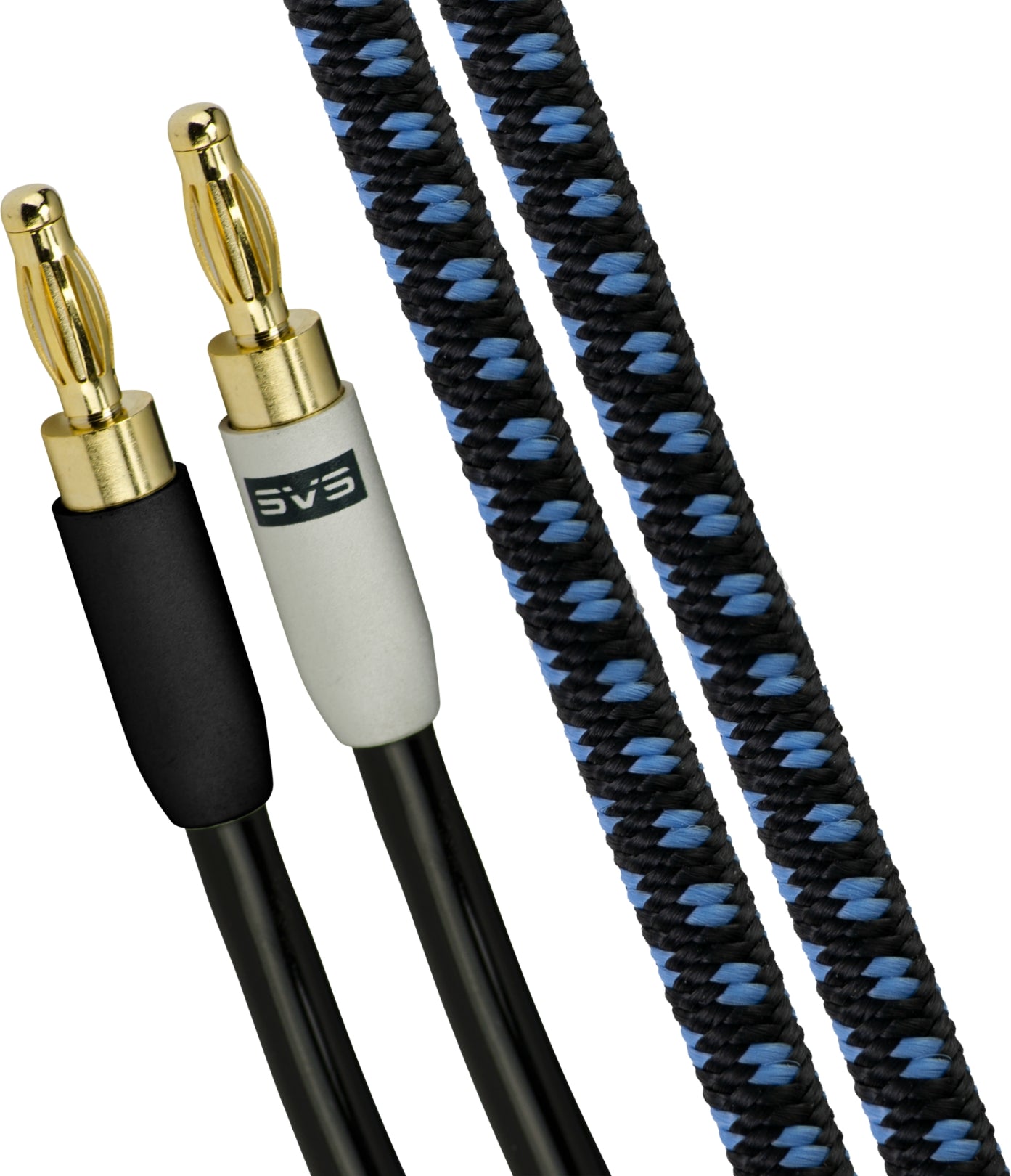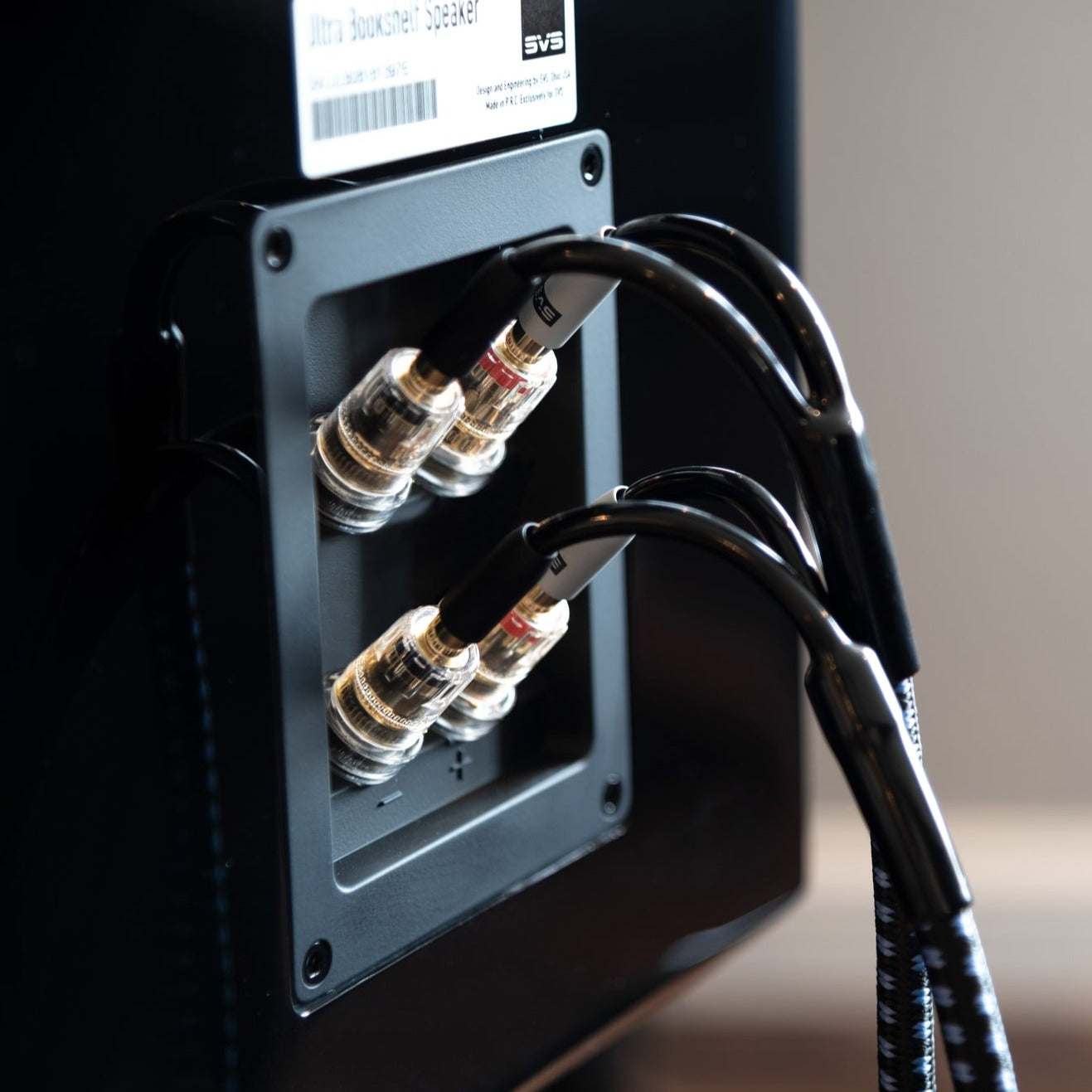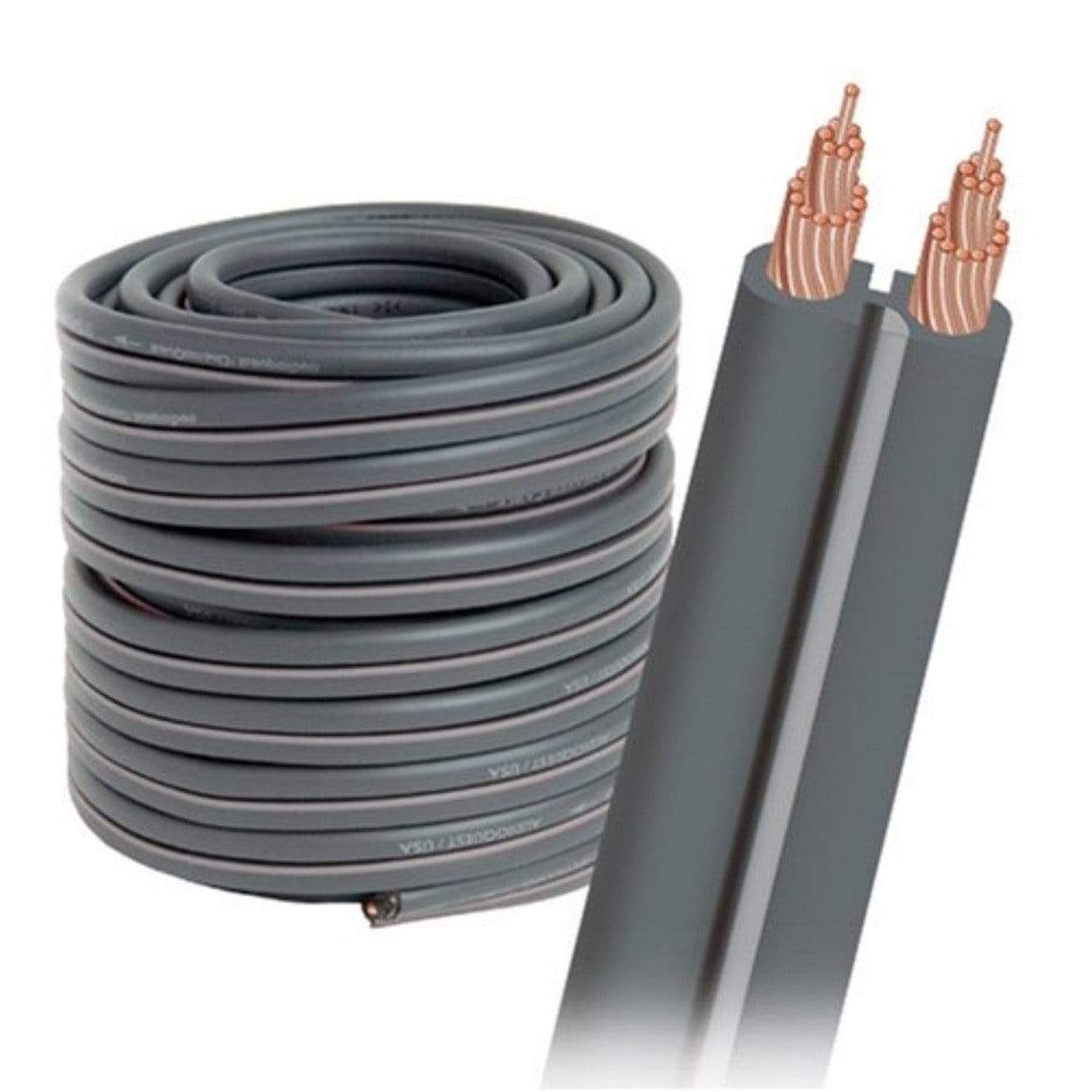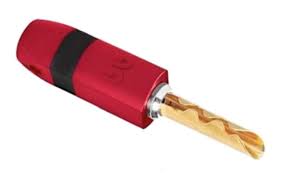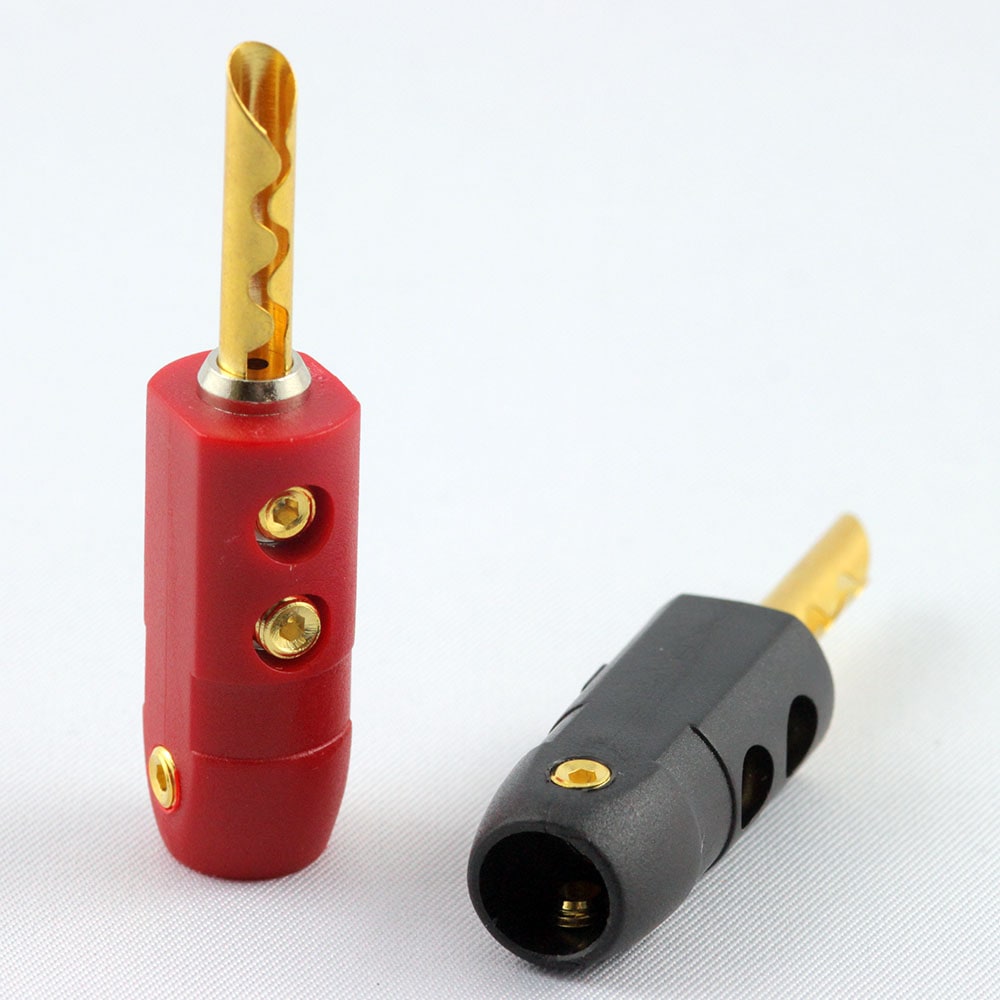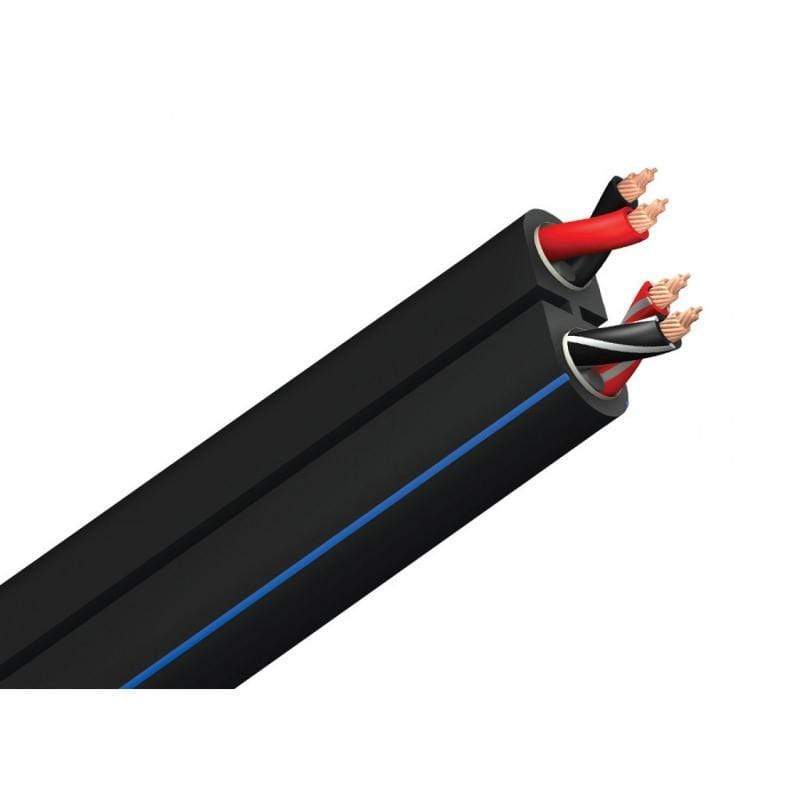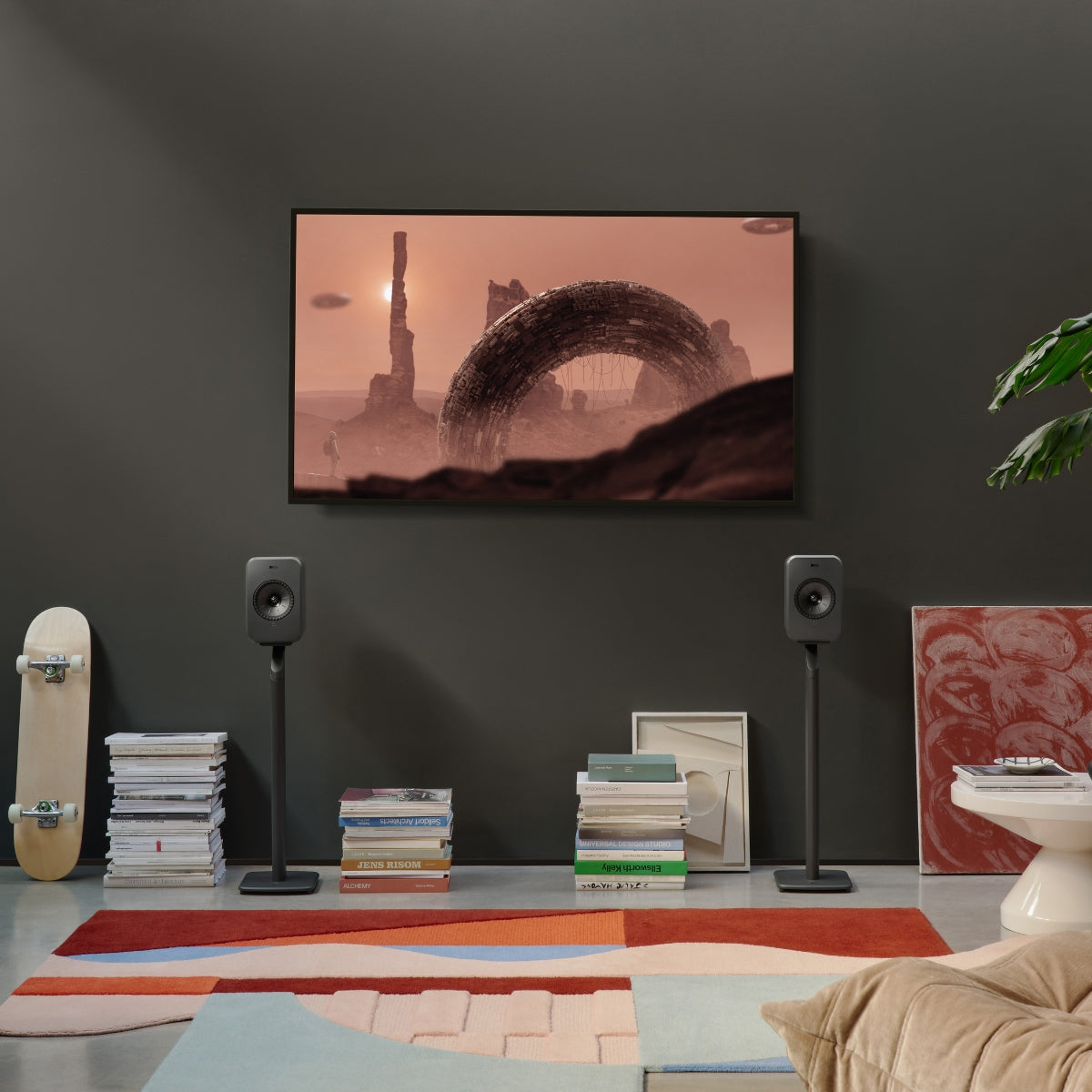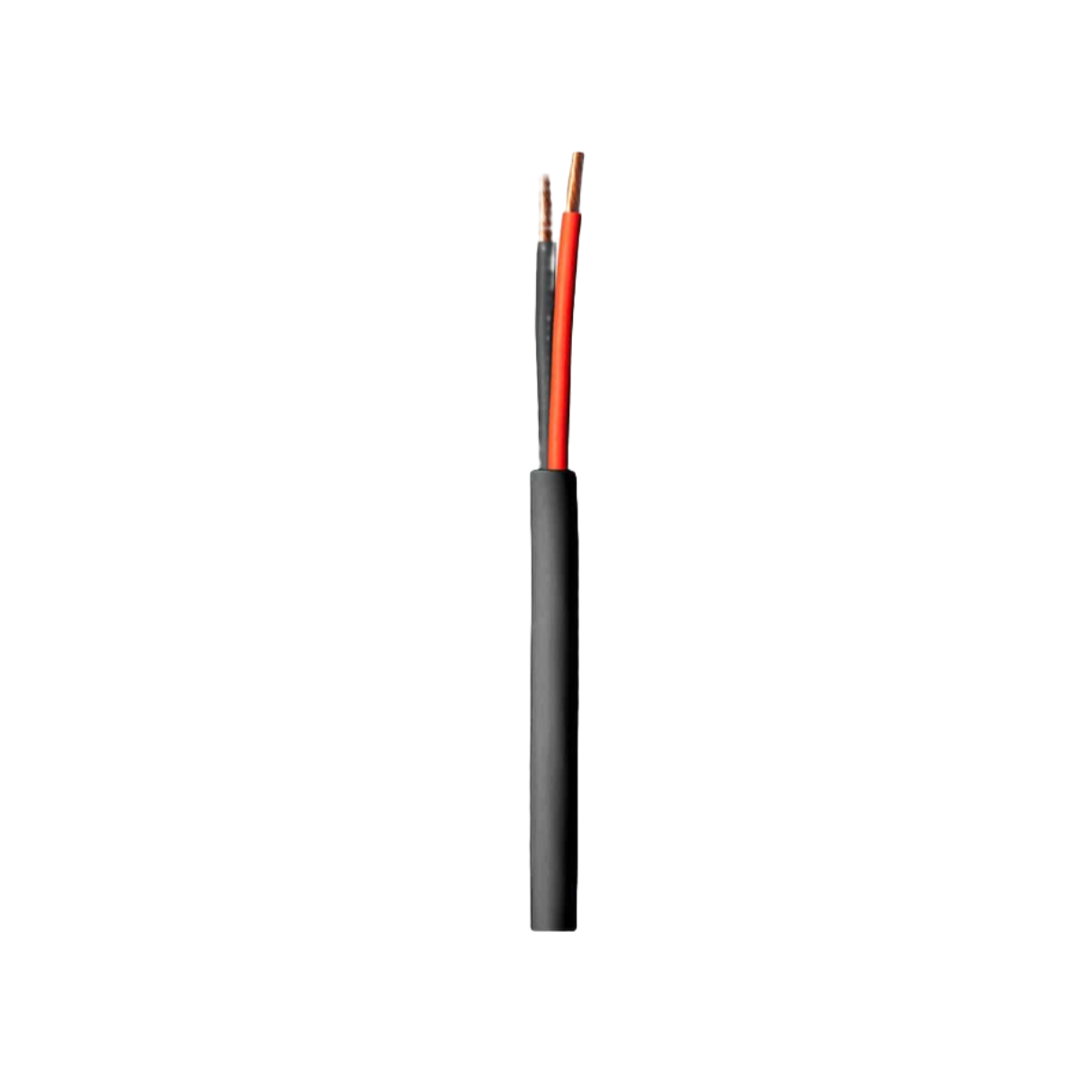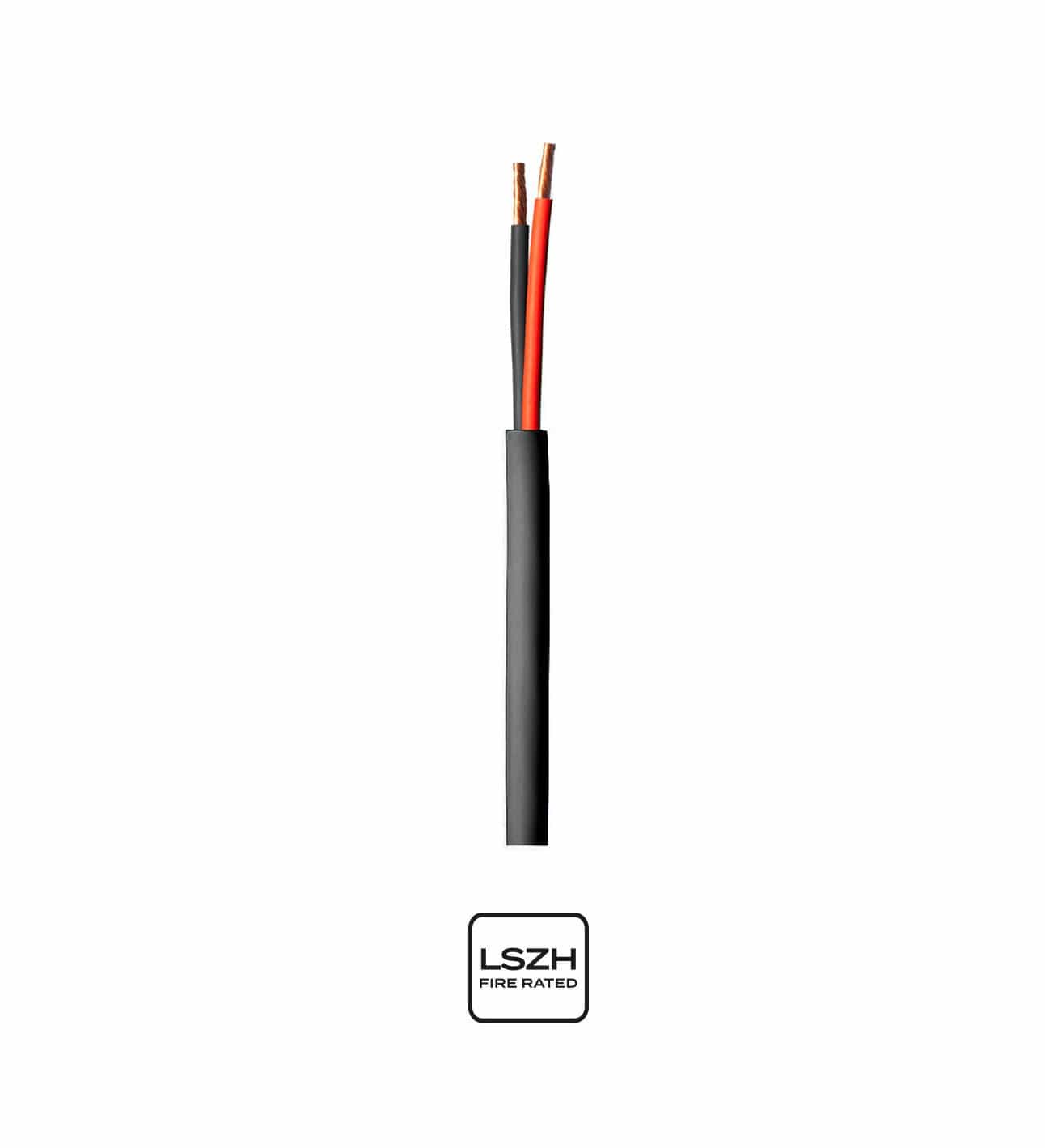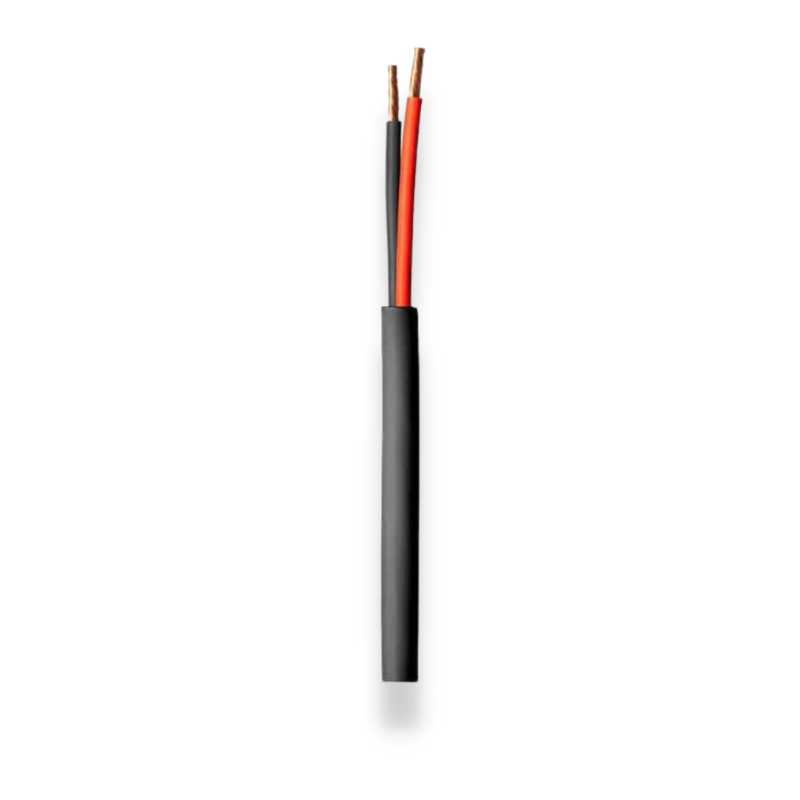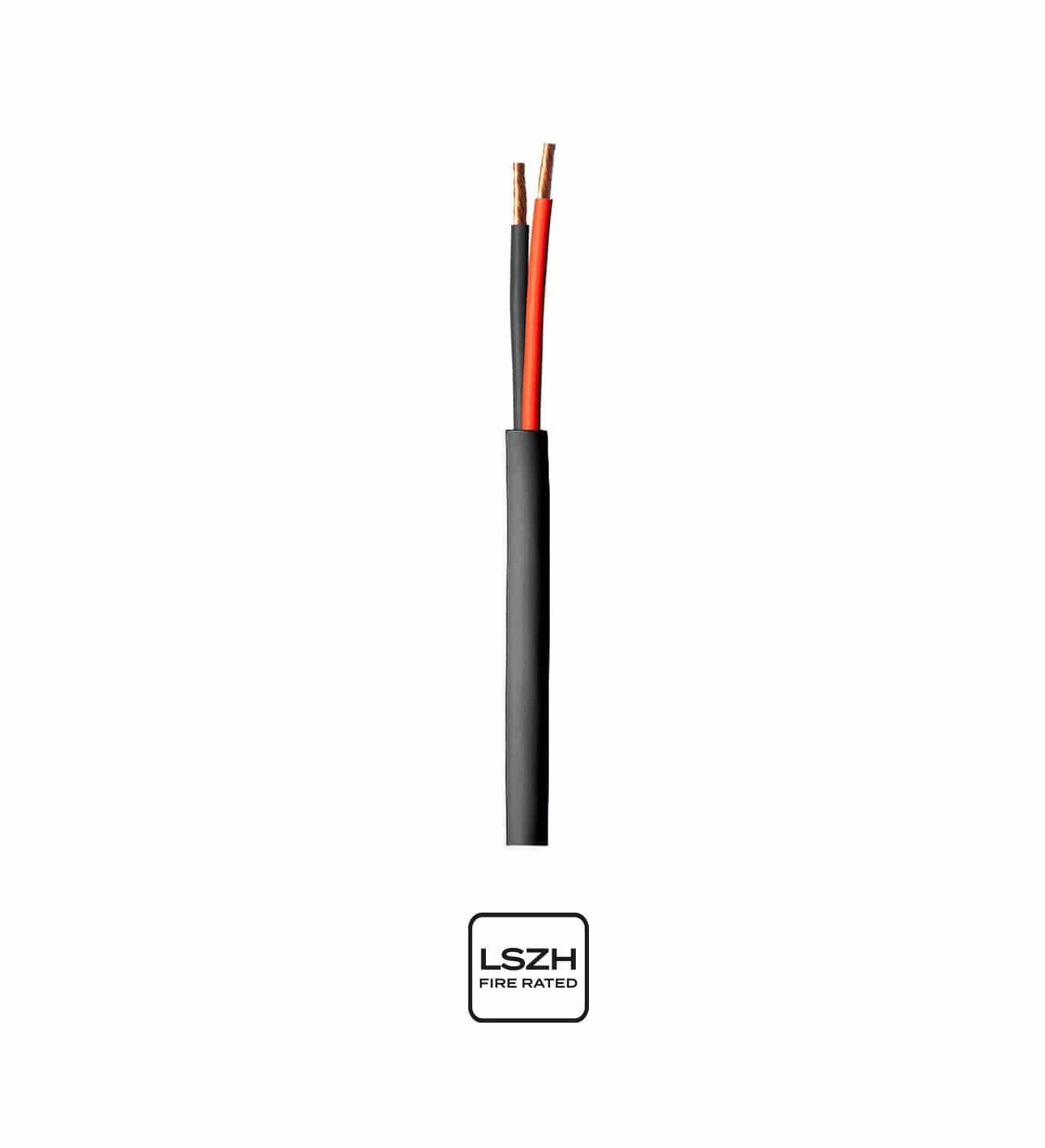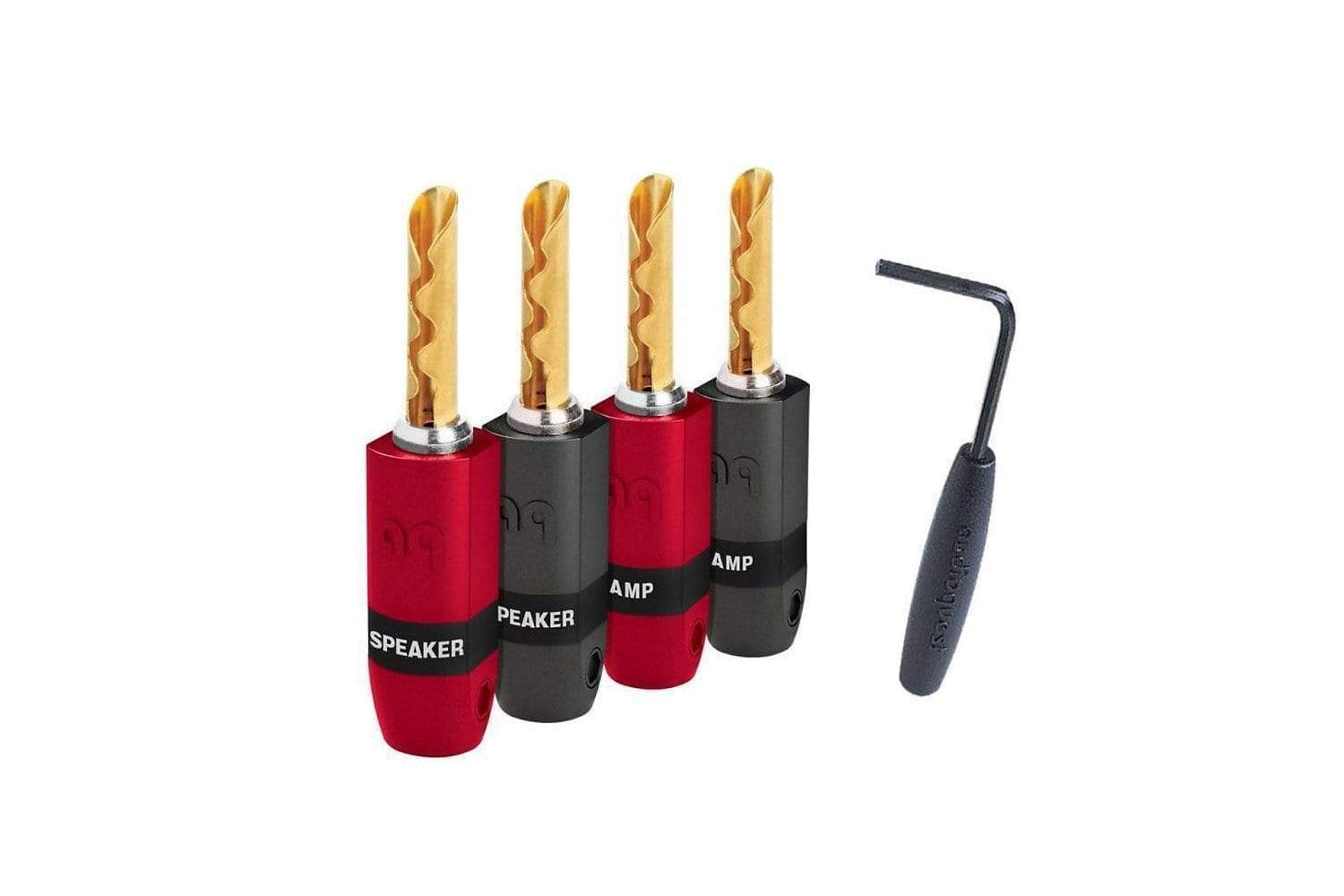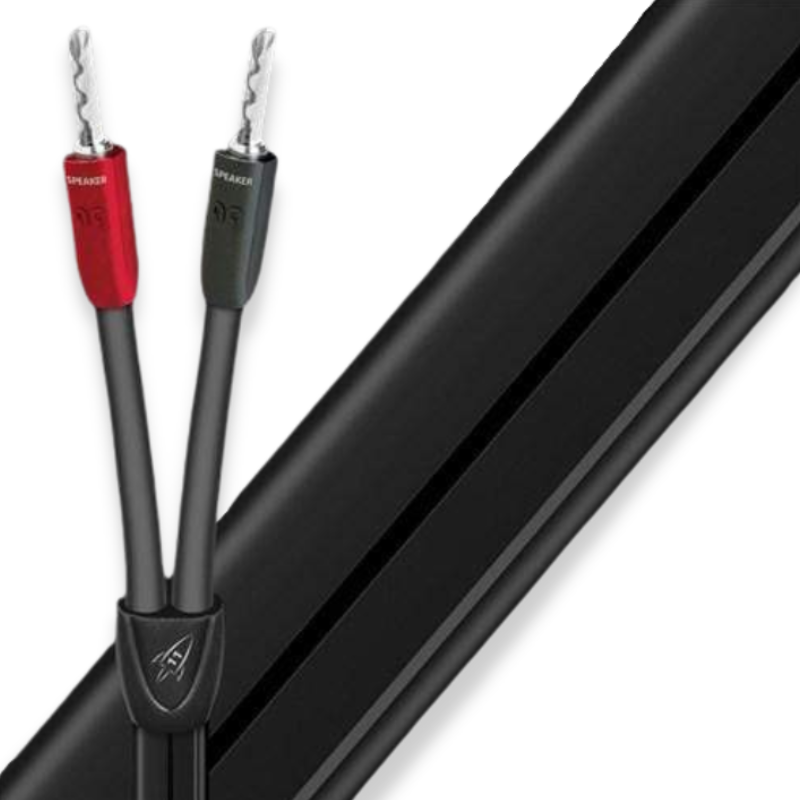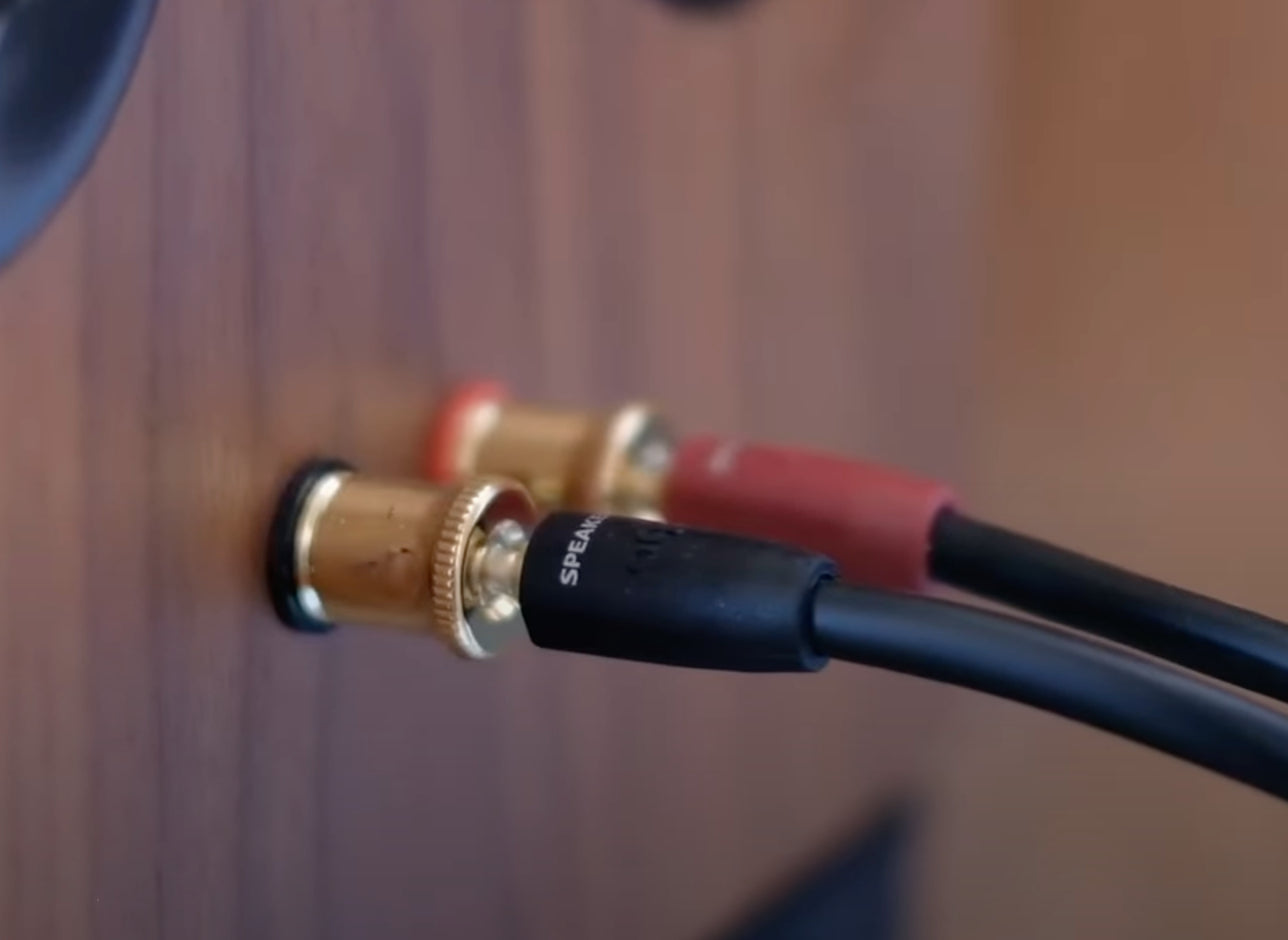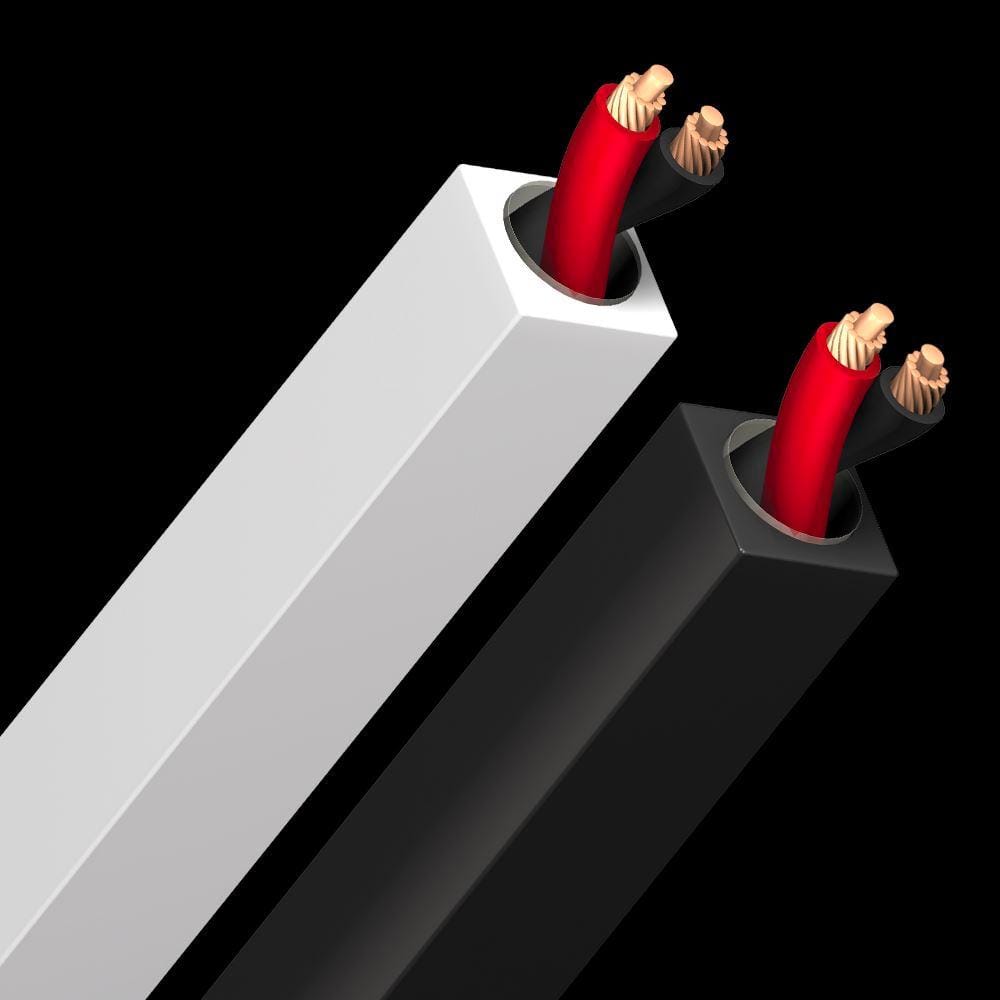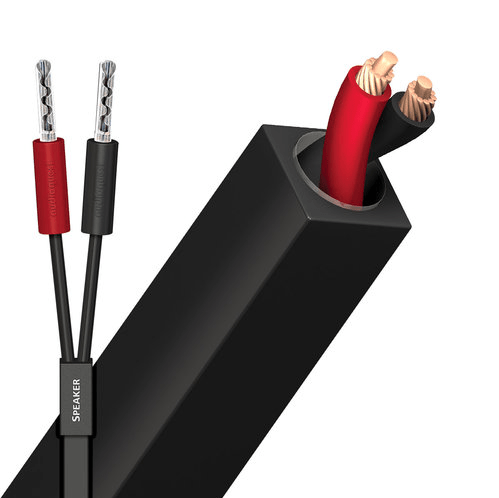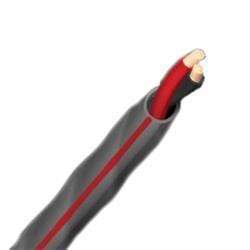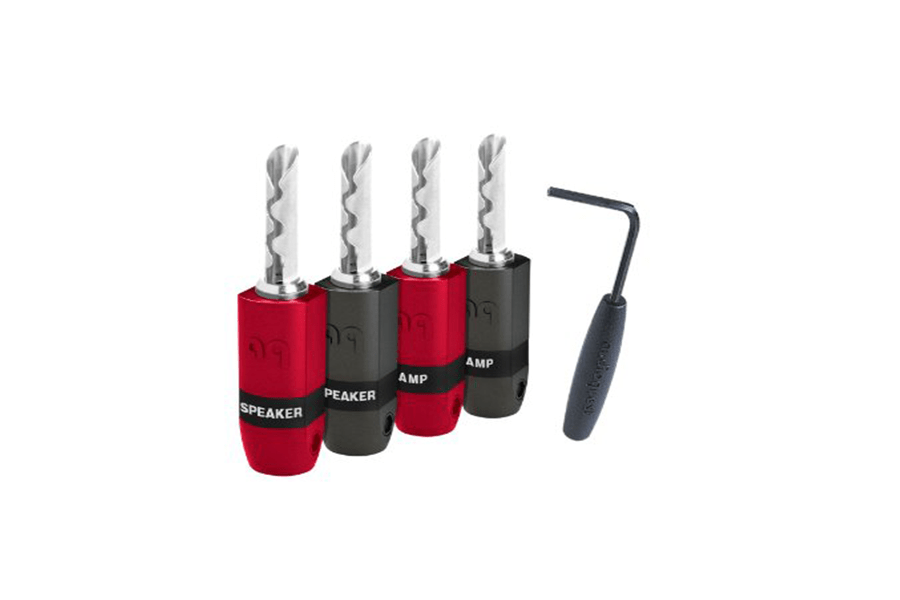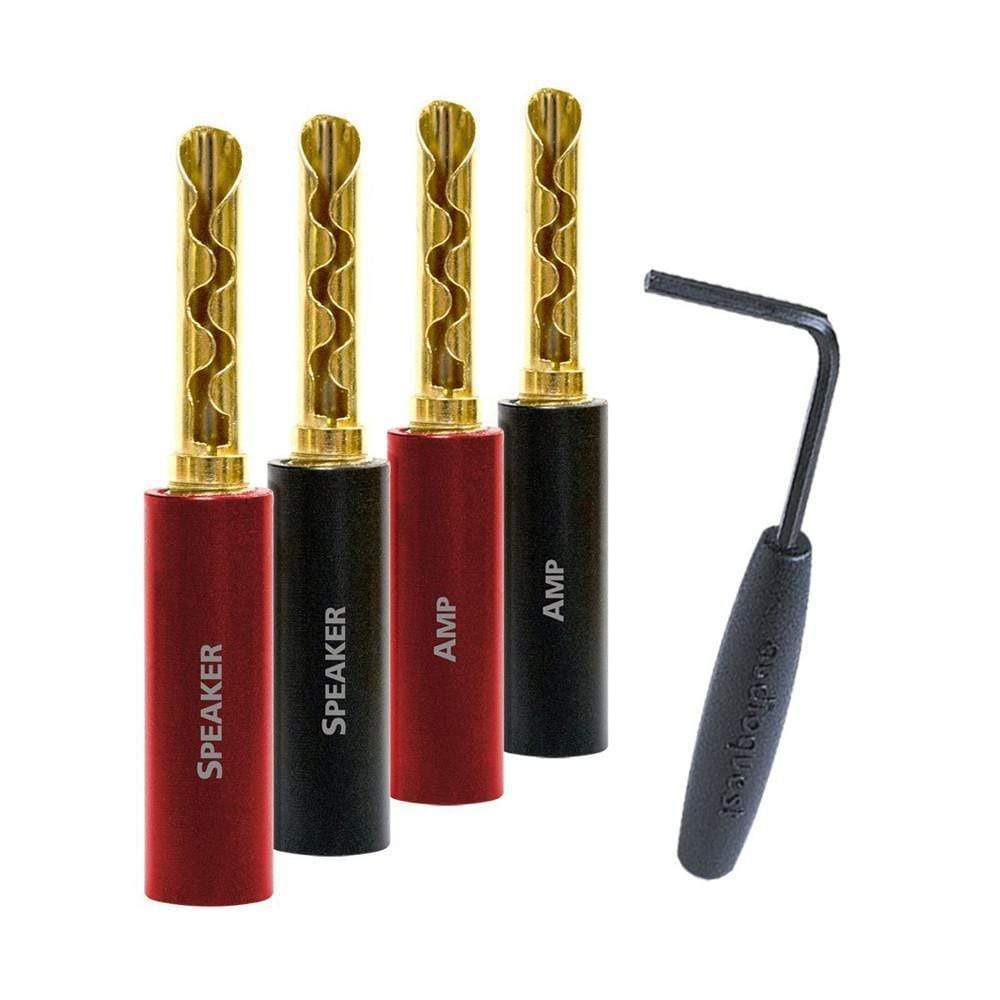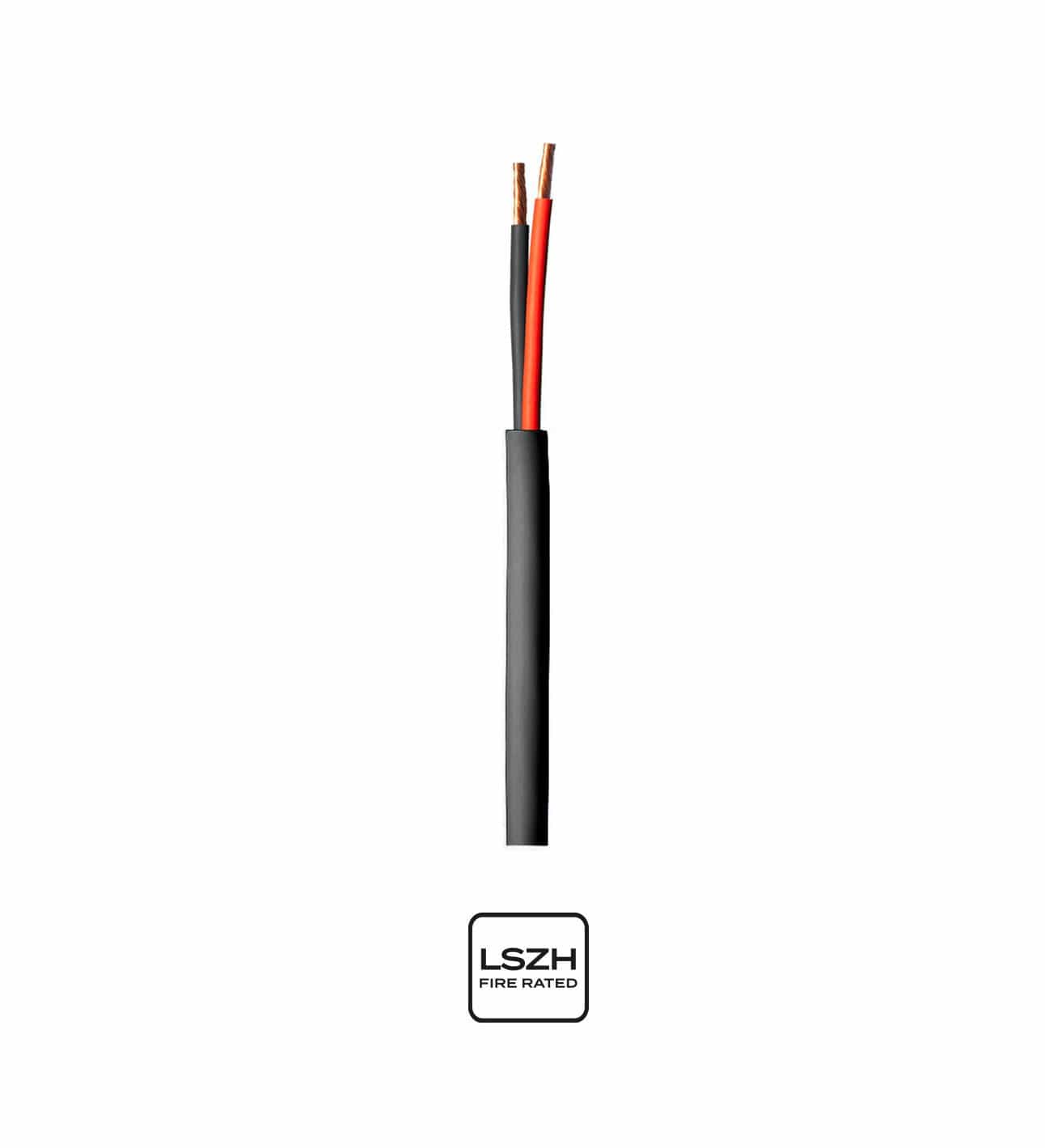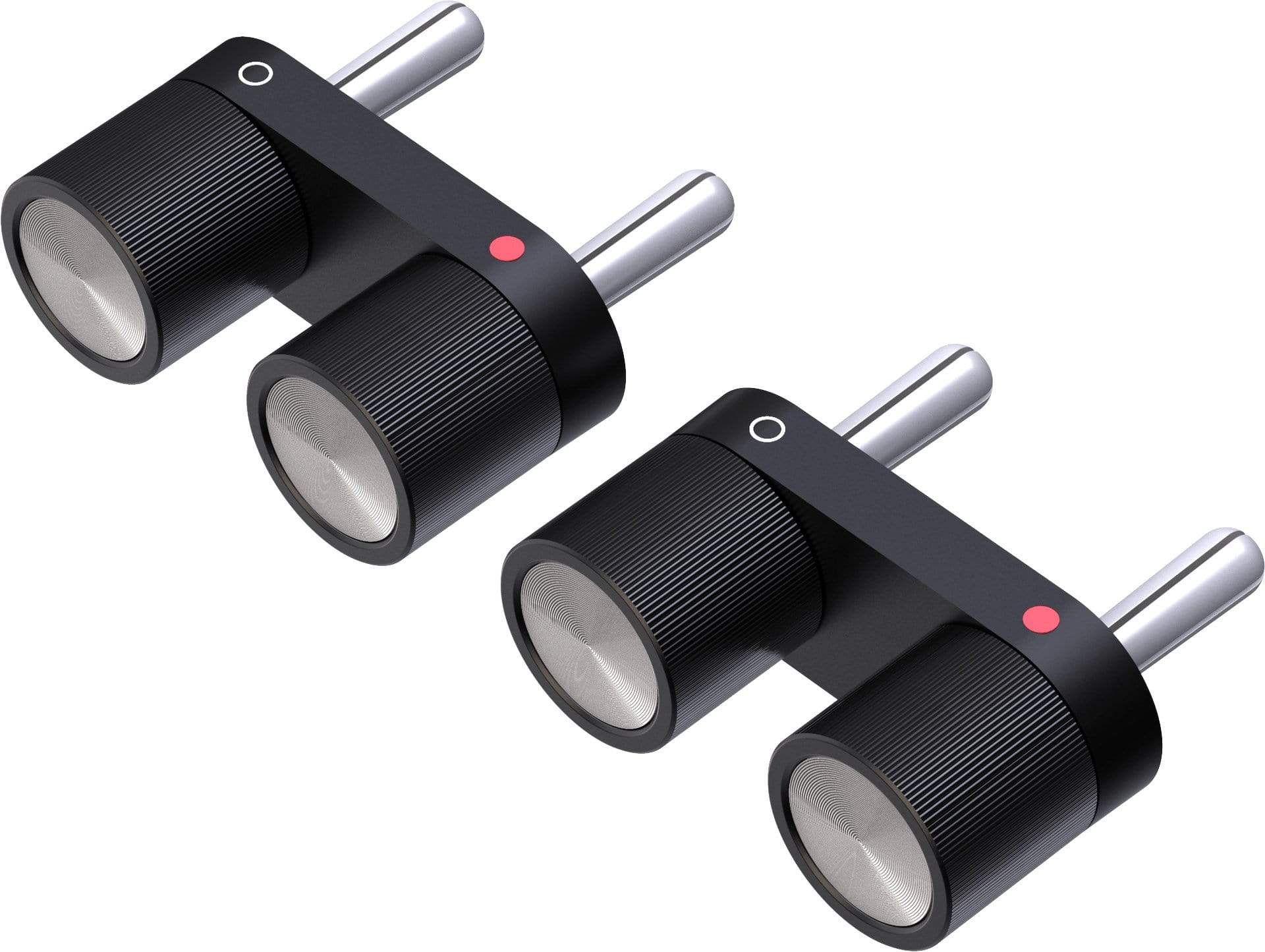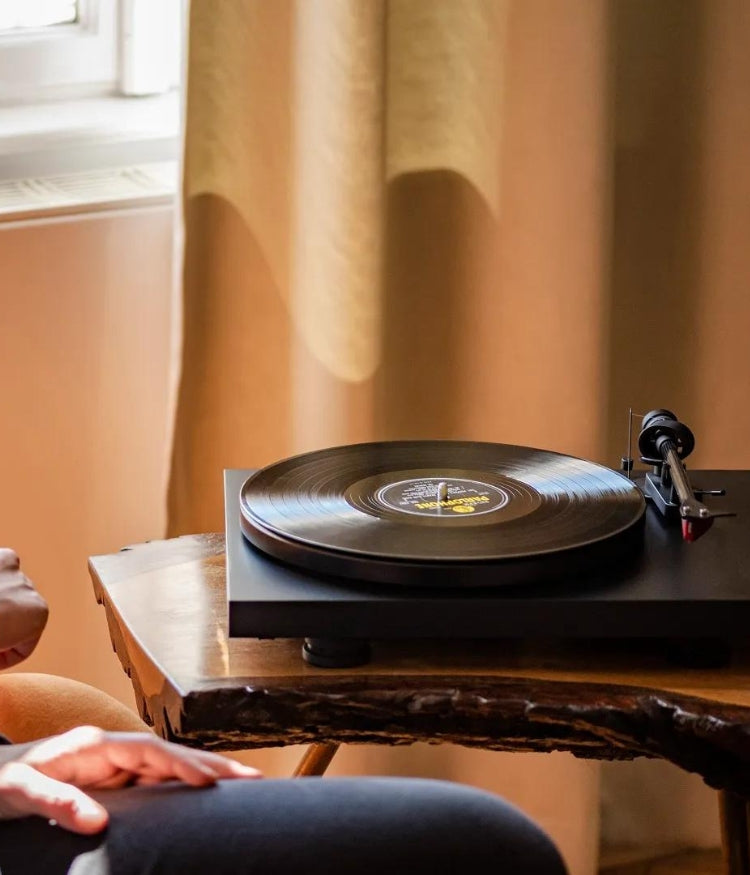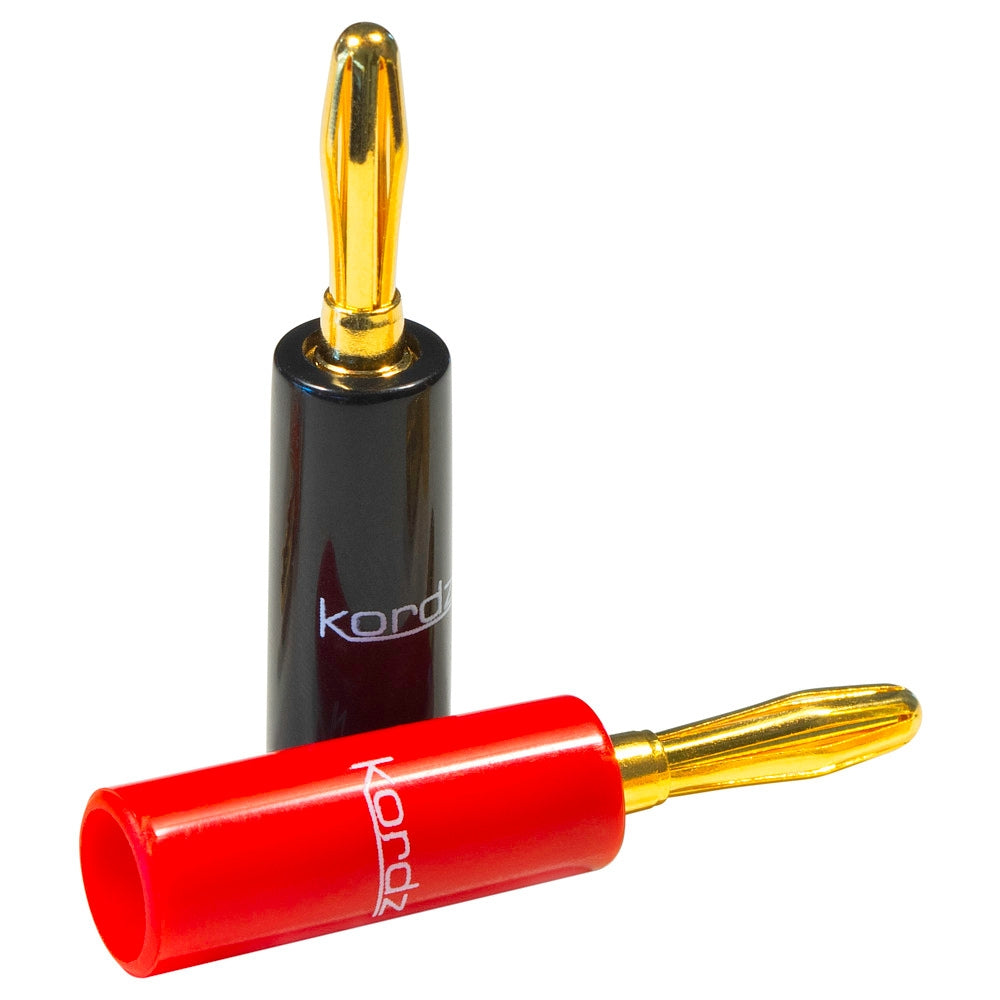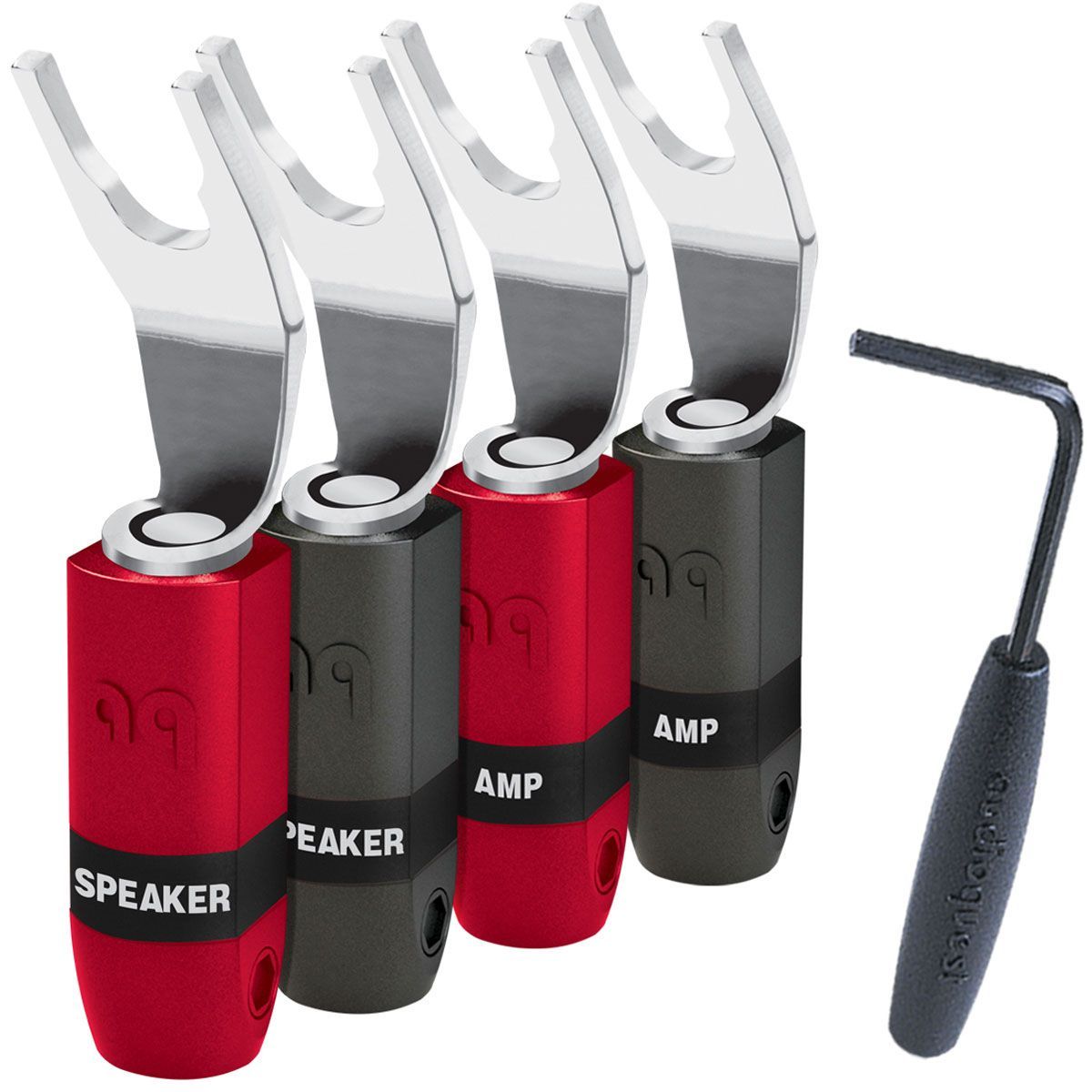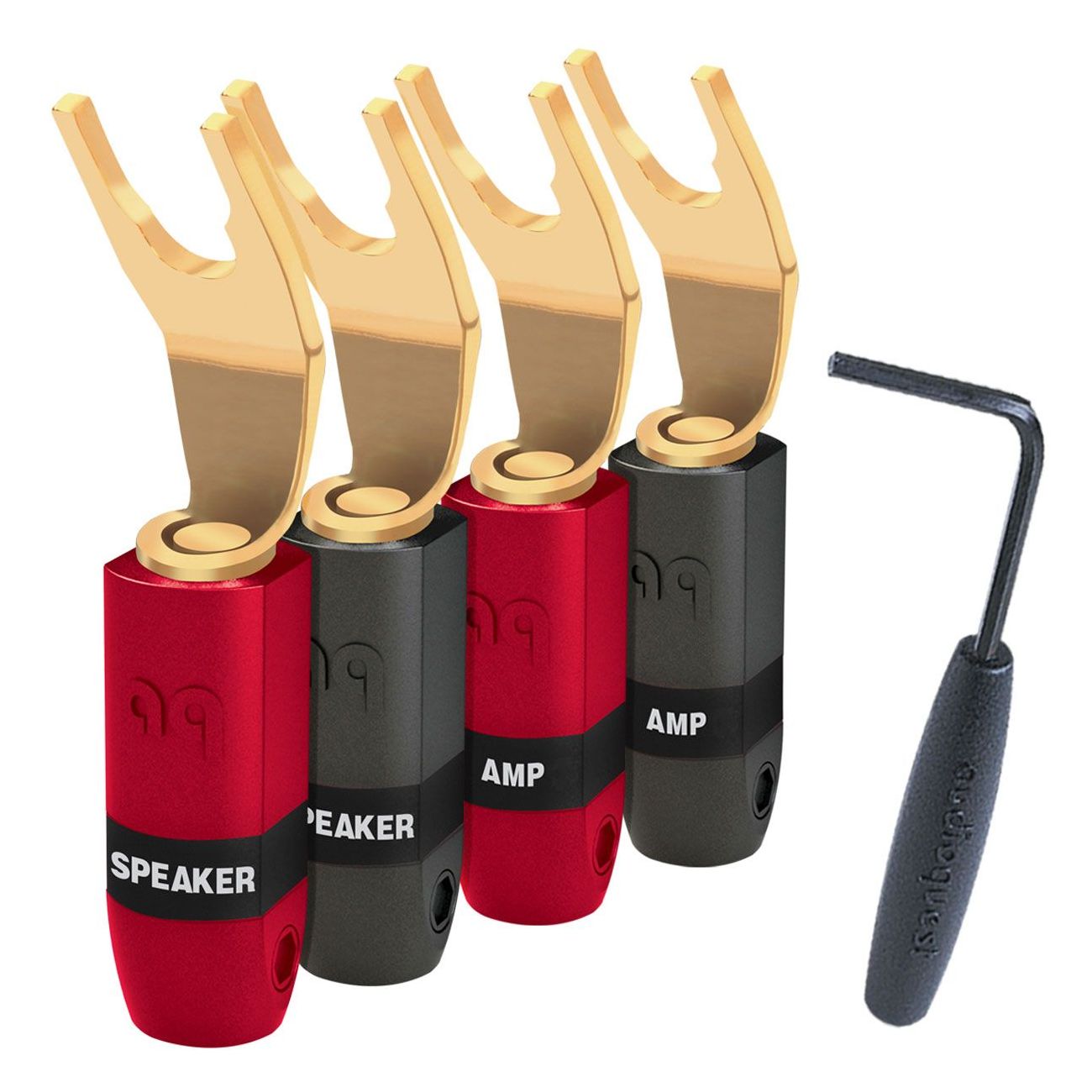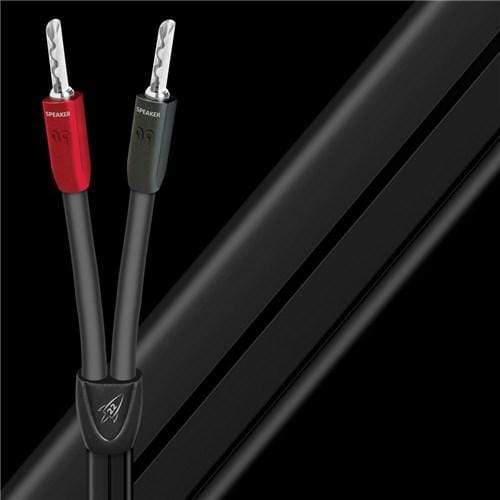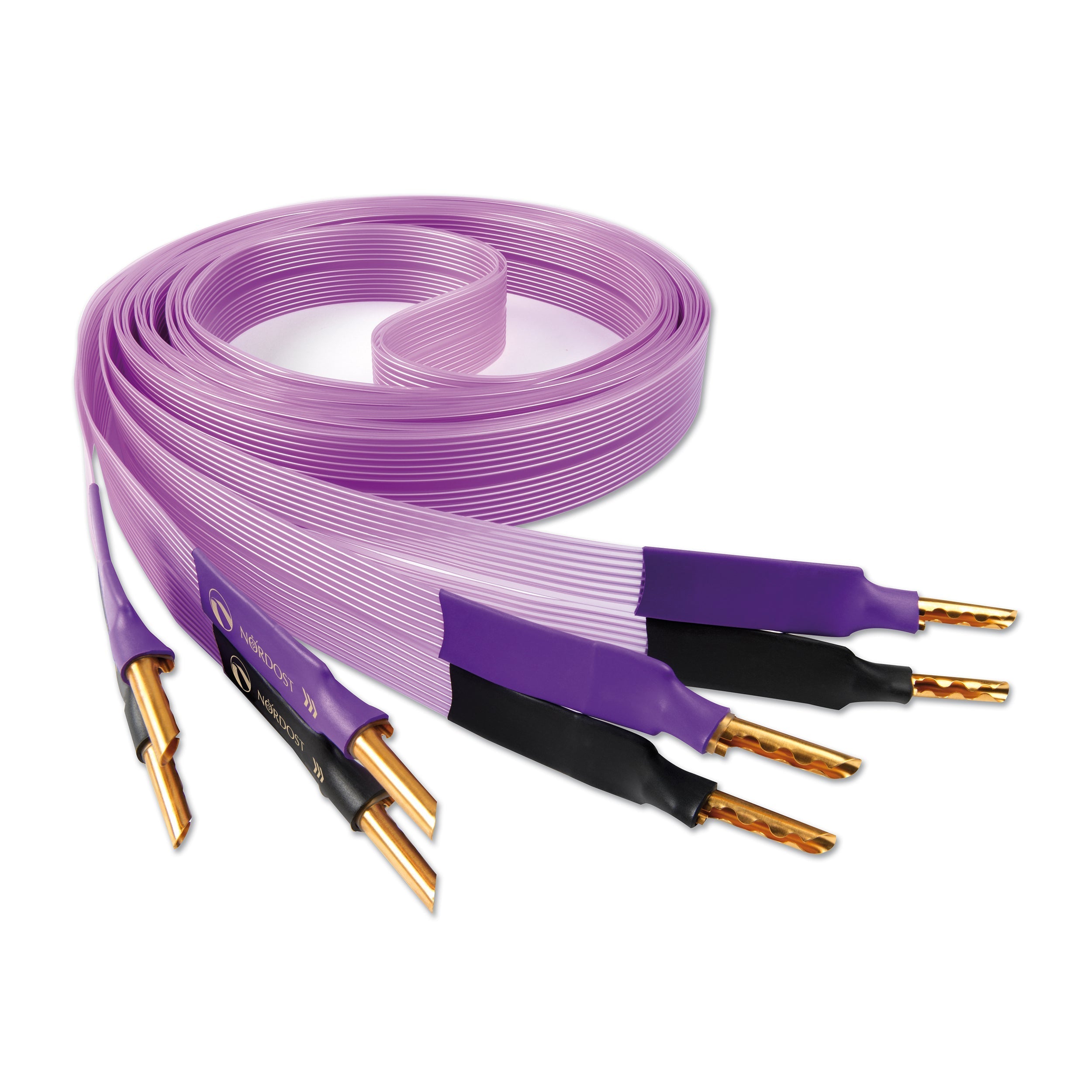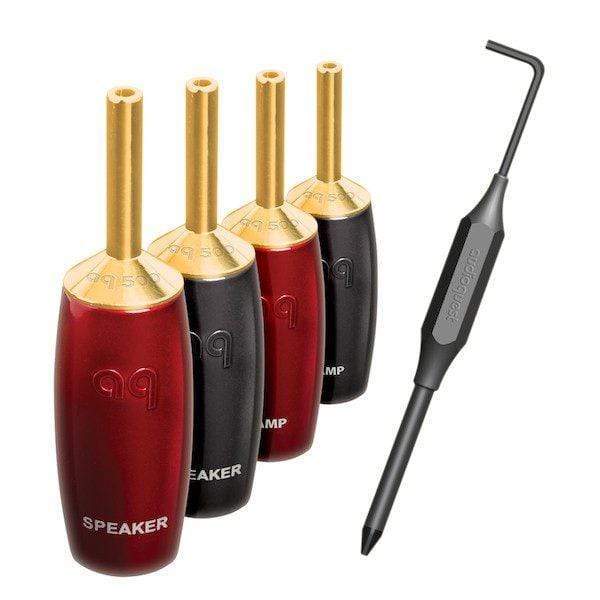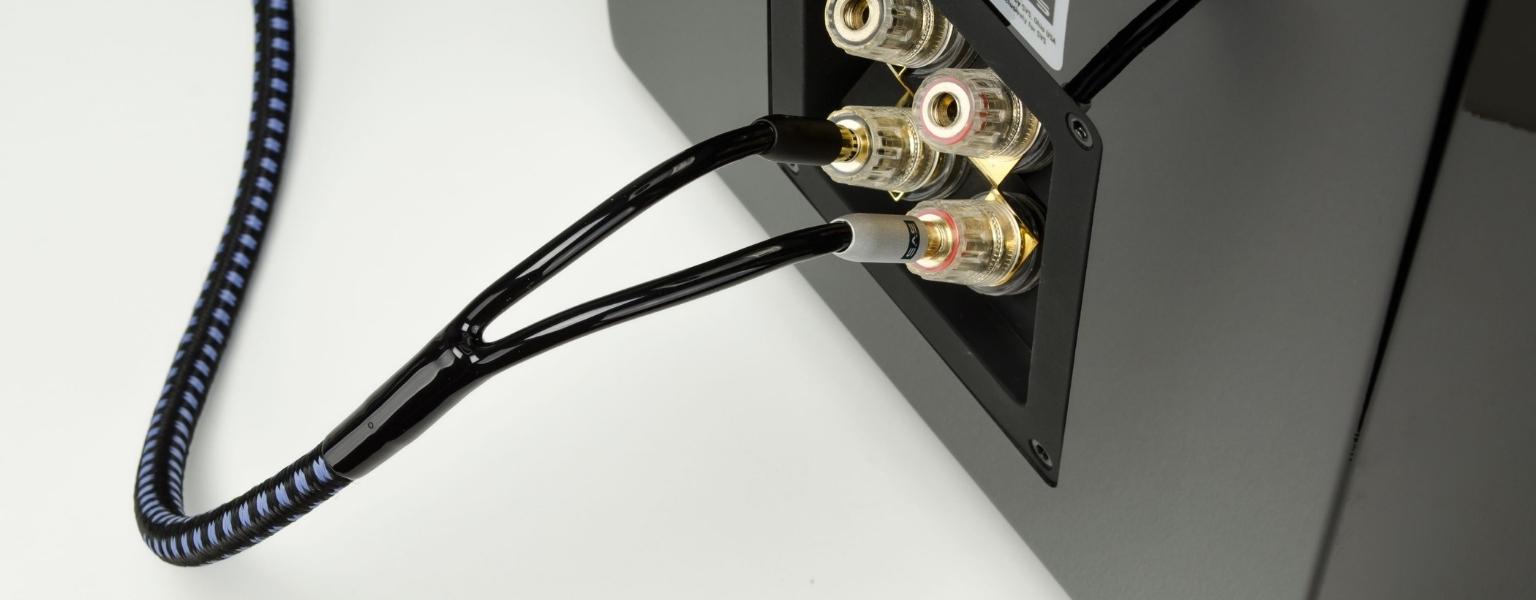
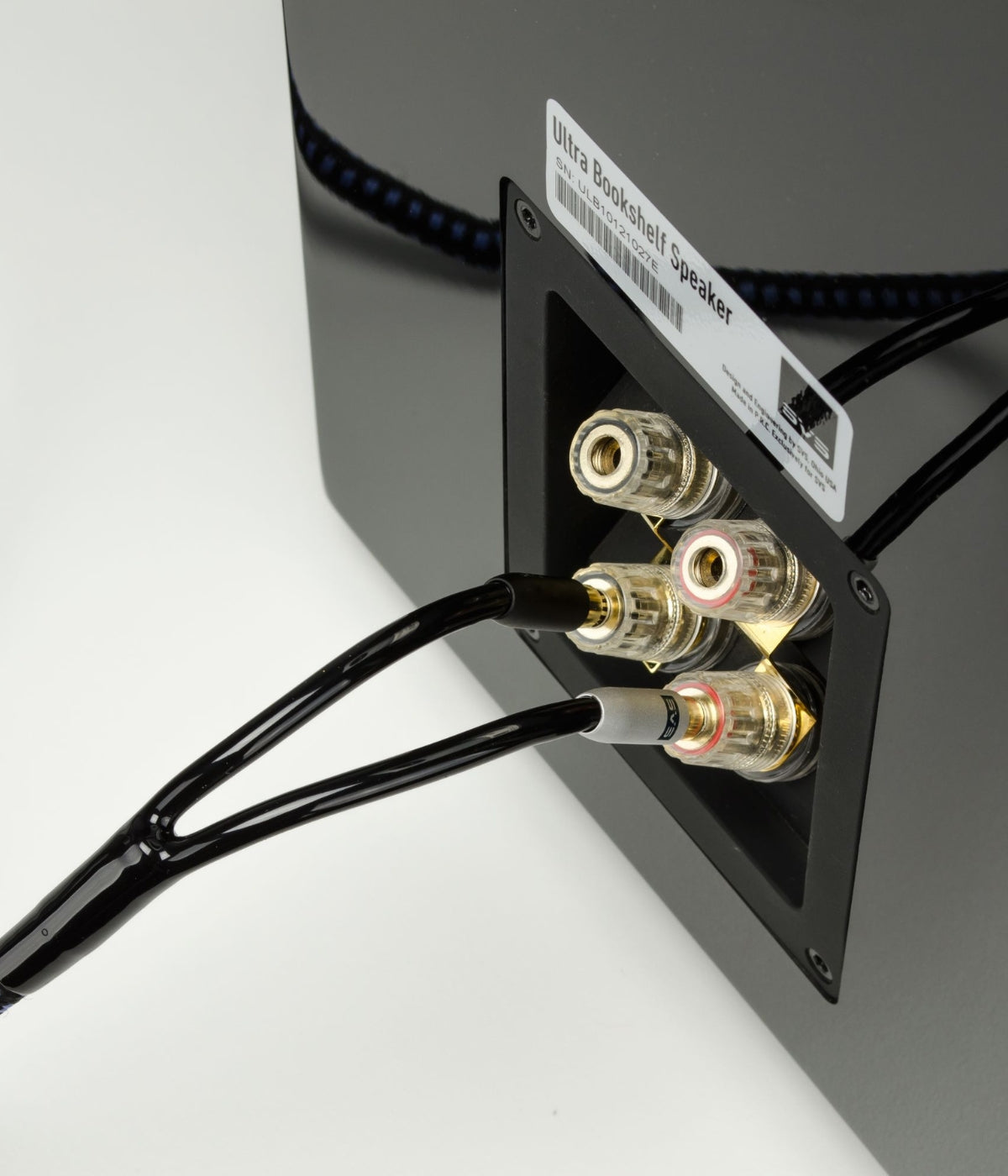
Speaker Cables
Filters
41 products
TELL ME MORE ABOUT
Speaker Cables
Speaker cables serve as the vital link between audio equipment and speakers, transmitting sound signals to deliver the audio experience. Their importance in... Read More
Speaker cables serve as the vital link between audio equipment and speakers, transmitting sound signals to deliver the audio experience. Their importance in an audio setup is paramount, as they influence the clarity, detail, and overall quality of sound. Different audio setups, from home theatre to professional sound systems, require specific types of speaker cables to ensure optimal performance.
What is Speaker Cable?
A speaker cable is a specialised wire designed to convey amplified audio signals from devices like amplifiers to speakers. Comprising two insulated wires, positive and negative, it's typically made from conductive materials like copper. The cable's gauge, or thickness, affects its performance: thicker cables are ideal for longer distances, ensuring minimal signal loss. While all speaker cables transmit audio, their material and design can impact sound quality. Thus, selecting the right cable is essential for both connection and optimal audio fidelity.
What Are The Main Differences Between Different Speaker Cable Brands & Styles?
There are various types of speaker cables, each designed to cater to specific audio needs and setups. The primary distinctions among them include:
-
Gauge: The thickness of the cable, measured in AWG (American Wire Gauge). Thicker cables (with lower AWG numbers) are suitable for longer distances, while thinner ones are for shorter runs.
-
Conductor Material: Most speaker cables use copper because of its excellent conductivity. However, some high-end cables might use silver, which has slightly better conductivity than copper but is more expensive.
-
Insulation: The material surrounding the conductor, often made of PVC, rubber, or Teflon. It protects the cable from external interference and physical damage.
-
Configuration: Some cables are twisted or braided to reduce interference. Others might have multiple conductors to support bi-wiring or bi-amping setups.
-
Terminations: The ends of the cables can vary, with options like bare wire, banana plugs, spade lugs, or pin connectors, depending on the connection preference and speaker terminals.
Each type of speaker cable offers unique characteristics, influencing sound quality, durability, and compatibility. Understanding these differences helps in selecting the right cable for a specific audio environment.
How to Choose the Right Speaker Cable for Your System
Selecting the appropriate speaker cable for your audio system is essential for achieving optimal sound quality. You should always reach out to our specialists if you're ever in doubt, or have any specific questions, but here are some factors to consider when looking to get speaker cable:
-
System Compatibility: Ensure the cable's terminations, like banana plugs or spade lugs, match the input and output terminals of your amplifier and speakers.
-
Cable Length: Measure the distance between your speakers and the audio source. Opt for the shortest possible length that suits your setup to minimize potential signal loss. However, ensure uniformity in length for stereo setups to maintain soundstage balance.
-
Gauge: For longer cable runs, consider a thicker cable (lower AWG number) to prevent signal degradation. Shorter distances can utilize thinner cables without compromising sound quality.
-
Conductor Material: While copper is a common and effective conductor, silver, though pricier, offers slightly better conductivity. The choice often hinges on budget and desired sound nuances.
-
Cable Construction: Braided or twisted cables can reduce electromagnetic interference, ensuring cleaner sound transmission, especially in environments with multiple electronic devices.
-
Budget: While it's essential to invest in quality cables, there's a broad price spectrum. Determine a budget that aligns with your needs, but avoid extremely cheap options that might compromise sound fidelity.
-
Listening Preferences: If you have specific sound preferences, like a warmer tone or enhanced clarity, some cables might be better suited due to their construction or materials.
Final Thoughts
Think of speaker cables as the unsung heroes of your audio ensemble. They might not steal the spotlight, but they're backstage, ensuring the show goes on without a hitch. As you piece together your sound system, remember: the right cable doesn't just connect—it elevates. So, as you fine-tune your audio experience, give a nod to the humble speaker cable, a small but mighty player in the symphony of sound.
Some Quick FAQ:
What are the different types of speaker cables available?
There are various types of speaker cables, including 2-core, 4-core, and 6mm cables. Some other popular types include flat speaker cables, subwoofer cables, and composite cables.
What is the difference between 2-core and 4-core speaker cables?
The number of cores in a speaker cable refers to the number of separate conductors within the cable. 2-core cables have two conductors, usually positive and negative, while 4-core cables have four conductors, allowing for bi-wiring or bi-amping configurations.
What is the advantage of using flat speaker cables?
Flat speaker cables are thin and flexible, making it easier to route and conceal them behind walls or under carpets. They are a popular choice for home theatre setups or installations where a clean and discreet appearance is desired.
What is the difference between speaker wire and an RCA cable?
Speaker wire is used for connecting speakers to an audio source, while an RCA cable is typically used for connecting audio components, such as amplifiers or receivers, to other audio devices. RCA cables use a different type of connector called RCA plugs.
Are banana plugs compatible with all speaker cables?
Banana plugs are a type of connector that can be used with most speaker cables, however, you'll need to make sure the gauge of your cable matches the gauge of the plug. They provide a secure and reliable connection and are commonly used in professional audio setups or when frequent cable connections are required.
What is OFC speaker cable?
OFC stands for Oxygen-Free Copper, which is a high-quality type of copper used in speaker cables. It has better conductivity and resistance to corrosion compared to regular copper, resulting in improved audio signal transmission.
Can I order a custom length of speaker cable?
Absolutely - we have a range of different speaker cable that we can cut to a custom length. Get in touch and we will sort you out!
Do speaker cables affect audio quality?
Yes, the quality of the speaker cable can have an impact on audio performance. Low-quality or improperly sized cables can result in signal loss, distortion, or reduced sound quality. Choosing high-quality cables appropriate for your setup is important for optimal audio reproduction.
NEED MORE GUIDANCE?
We are here to help
Check out some of our most commonly asked questions.
What do I need to play records?
Getting into vinyl? That’s awesome! We have some curated turntable Hi-Fi packs, with everything you'll need to get spinning right away. But if you want to build your own, read on for all the details.
First off, you'll need a turntable. It's the star of the show, so make sure it’s in good nick, with a decent cartridge and stylus (needle).
Next, there’s the phono preamp. Some turntables or amplifiers come with one built-in, but if yours doesn’t, you’ll need one as a bridge between your turntable and amplifier or powered speakers.
For the sound output, you’ve got two options. You can go with a traditional setup involving an integrated amplifier to take the signal from your phono preamp and power your passive speakers. Alternatively, you can opt for powered speakers, which have the amplifier built in – a handy all-in-one solution.
Speaking of speakers, good ones are a must for that rich, warm vinyl sound we all love. Whether you go for bookshelf or floorstanding speakers (or powered ones) depends on your space and budget.
And there you go! With these essentials, you’ll be ready to dive into your vinyl collection and enjoy that classic sound.
What can a wireless speaker do?
Wireless speakers are a game-changer for how you enjoy music and audio around the house. First off, they let you stream music wirelessly from your phone, tablet, or computer, so no more messing about with cables. You can easily play tunes from Spotify, Apple Music, Tidal or whatever streaming service you fancy.
If you’re into having music everywhere, many wireless speakers offer multi-room audio. You can sync them up to play the same music in every room or control what plays in each room individually, perfect for parties or just keeping the vibes consistent throughout your home.
Voice control is another brilliant feature. Many come with built-in assistants like Alexa, Google Assistant, or Siri. You can control your music with just your voice, ask for the weather, set reminders, or even control other smart home devices.
Sound quality? These little gadgets often pack a punch, delivering high-quality audio that can rival traditional wired setups. Some even offer 360-degree sound, filling the room with music from every angle.
In a nutshell, wireless speakers bring flexibility, convenience, and top-notch sound to your audio experience, making them a fantastic addition to any home. Whether you’re hosting a party, working from home, or just chilling out, they make listening to music a breeze.
How do you choose the right speaker & amplifier combination?
Deciding on a good speaker and amplifier combination is like putting together a perfect wine and cheese pairing—it’s all about balance and harmony. Here’s a conversational guide to help you through it:
First, consider your speakers. These are your main players, so you want to choose ones that fit your space and listening preferences. If you love deep bass and have a bit of room, floorstanding speakers might be your go-to. For smaller spaces or a more subtle look, bookshelf speakers are fantastic.
Now, onto the amplifier. This is where things get interesting. Your amp needs to match your speakers in terms of power and impedance. Check the wattage ratings on your speakers—your amplifier should provide enough power to drive them properly. Too little power and you’ll be missing out on sound quality; too much, and you risk damaging your speakers.
Next, think about the impedance (measured in ohms). Your amp and speakers should be compatible here too. Most speakers are rated at 8 ohms, but some can be 4 or 6. Make sure your amplifier can handle the impedance of your speakers to avoid any performance issues.
Another important factor is the type of sound you’re after. Some amps are known for their warm, rich tones, while others might be more neutral or even slightly bright. It’s a bit like choosing between a vinyl record and a digital stream or CD —each has its own charm. If possible, listen to different amp and speaker combinations to see what sounds best to your ears.
If purchasing online, note that at LE, we have made recommendations on speaker & amplifier combinations that we think sound wonderful together within each product listing.
Don’t forget about connectivity and features. Modern amplifiers often come with a host of options like Bluetooth, Wi-Fi streaming, and various inputs for all your devices. Make sure your amp has the inputs you need for your turntable, CD player, or streaming device.
Finally, consider your budget. Great sound doesn’t always mean breaking the bank, but be prepared to invest to get a quality setup that will last.
In the end, trust your ears. Listen to a few combinations if you can, and go with what makes your music sound the best to you.
Why do I need a headphone amplifier?
If you’re diving into the world of high-quality audio, a headphone amplifier can be a real game-changer. Think of it like this: most standard devices, like your smartphone or laptop, just don’t have the oomph needed to drive headphones properly. They might get the job done, but they won’t do your music justice. A headphone amp gives your headphones the power they need, ensuring you get the volume and clarity that really makes your music shine.
It’s not just about making things louder, either. A good headphone amp can significantly improve sound quality. You’ll get clearer highs, richer mids, and tighter bass, making your favourite tracks sound even better. You might notice details you’ve never heard before, especially if you’re listening to high-resolution audio files.
Premium headphones often have higher impedance, meaning they require more power than your typical audio source can provide. A headphone amp can handle this with ease, making sure your headphones perform at their absolute best. Plus, many amps come with extra features like bass boost, equalisation, and gain control, giving you more ways to tweak the sound to your liking.
In short, if you’re passionate about your music and want to hear it in the best possible way, a headphone amplifier is definitely worth considering. It’s all about unlocking the full potential of your gear and really getting the most out of your listening experience.
Where should I start when designing a home cinema?
Designing your own home cinema? That's awesome! We are here to help walk you through the process, but as a starting point, here’s what we would recommend and where to kick things off:
First up, pick your spot. For most people this is your existing lounge room, but if you have an underused garage, or spare bedroom, then you have an opportunity to create your very own true Home Cinema experience. Find a room that’s just right—not too cramped and ideally away from noisy areas. This sets the stage for that immersive movie experience.
Next, think about how you’ll set things up. Plan where your seats will go and where to place your projector screen for the best view from every angle. It’s all about creating that comfy, cinematic vibe.
Sound matters, too. Consider if you want a wireless system for simplicity or a full surround sound speaker system with AV receiver for that surround-sound thrill. Think about soundproofing or adding acoustic panels or thick carpets to really amp up the audio quality of the room.
Now, onto the screen. Decide between a crisp TV or a projector setup, depending on your room size and personal style. Maybe even throw in some dimmable lights or smart lighting to set the mood just right.
And hey, don’t forget comfort. Invest in plush cinema seating and think about the décor—whether it’s movie posters, blackout curtains, or popcorn machine & bar area, whatever gives you that true cinema feel.
Lastly, tech it up! Make sure everything—from your Blu-Ray player & Apple TV to your gaming consoles—is set to sync perfectly with your new setup.
With these steps, you’re on your way to creating a home cinema that’s not just a space, but an experience. Enjoy movie nights like never before!

